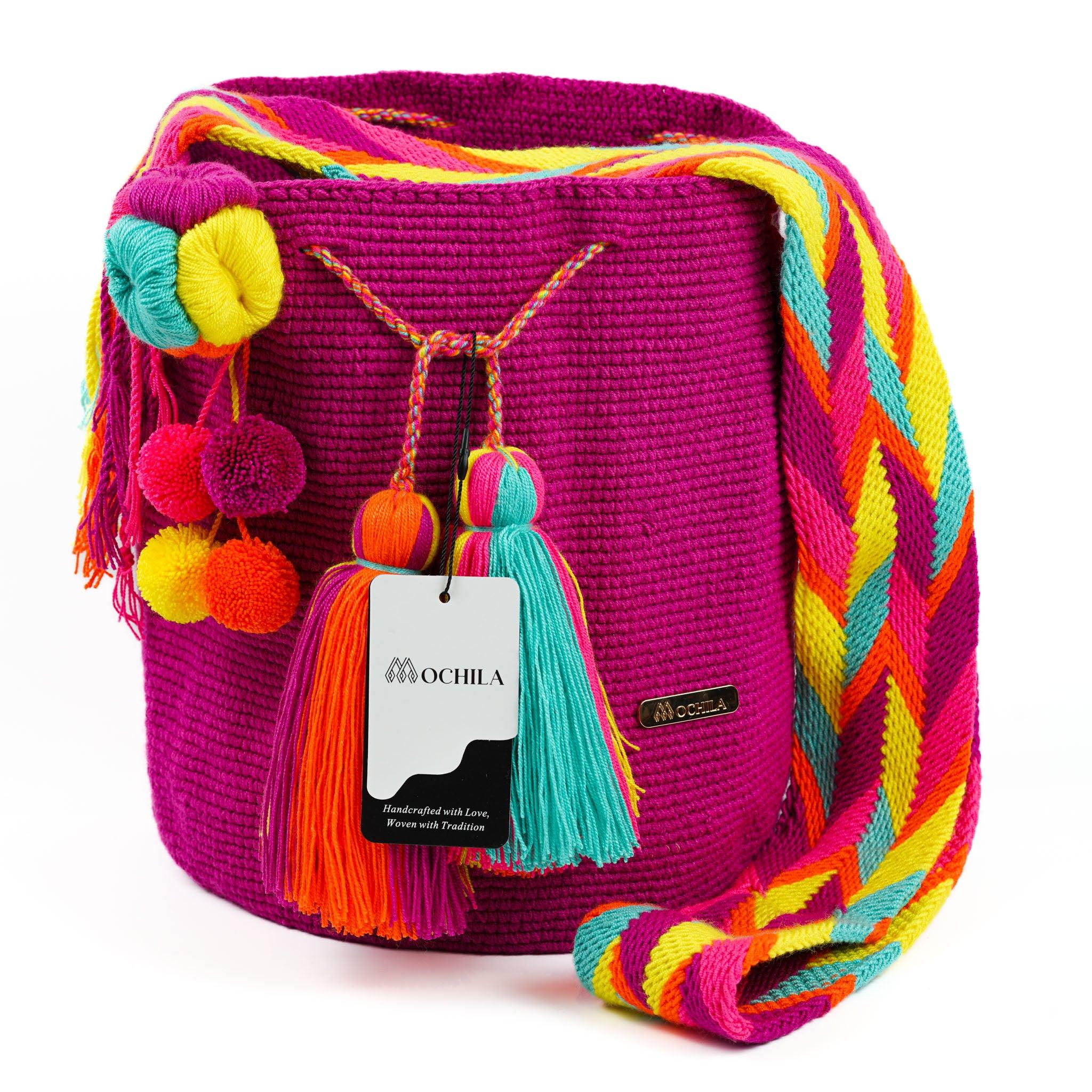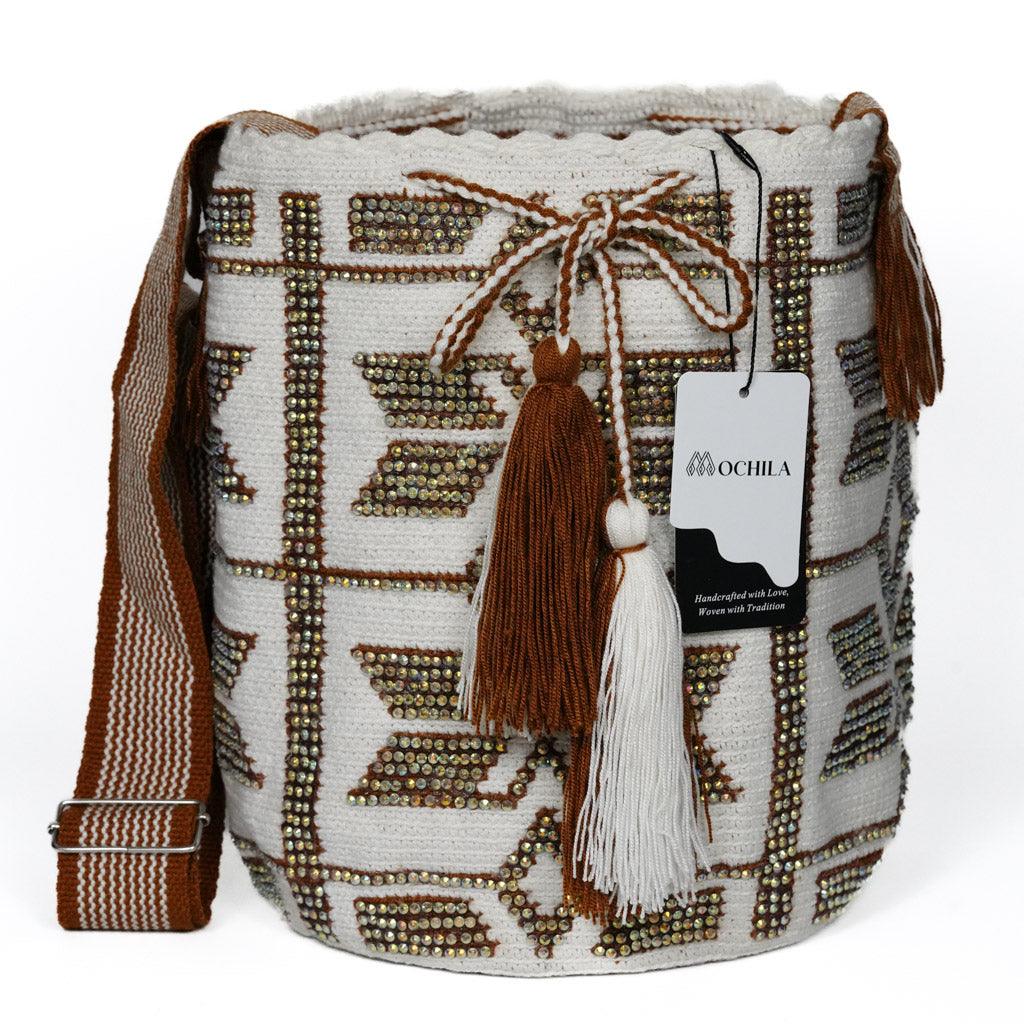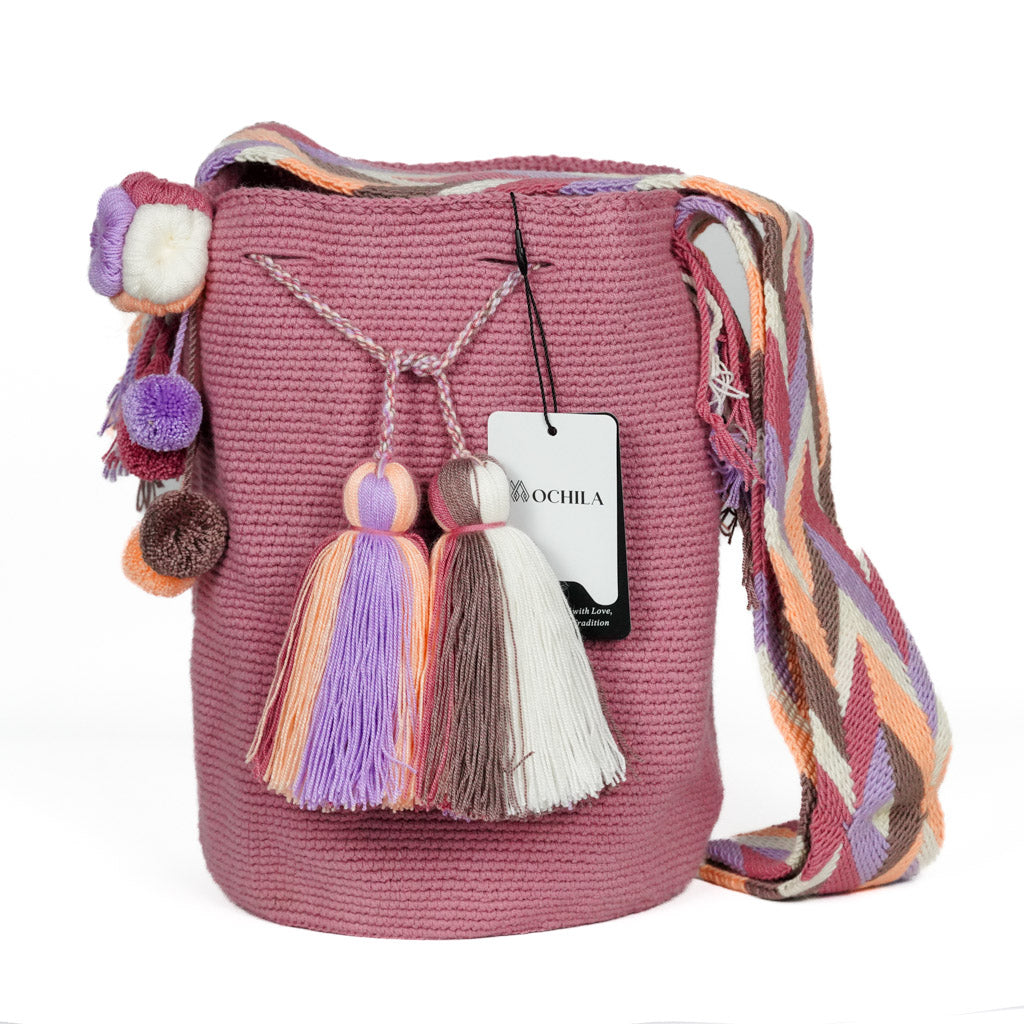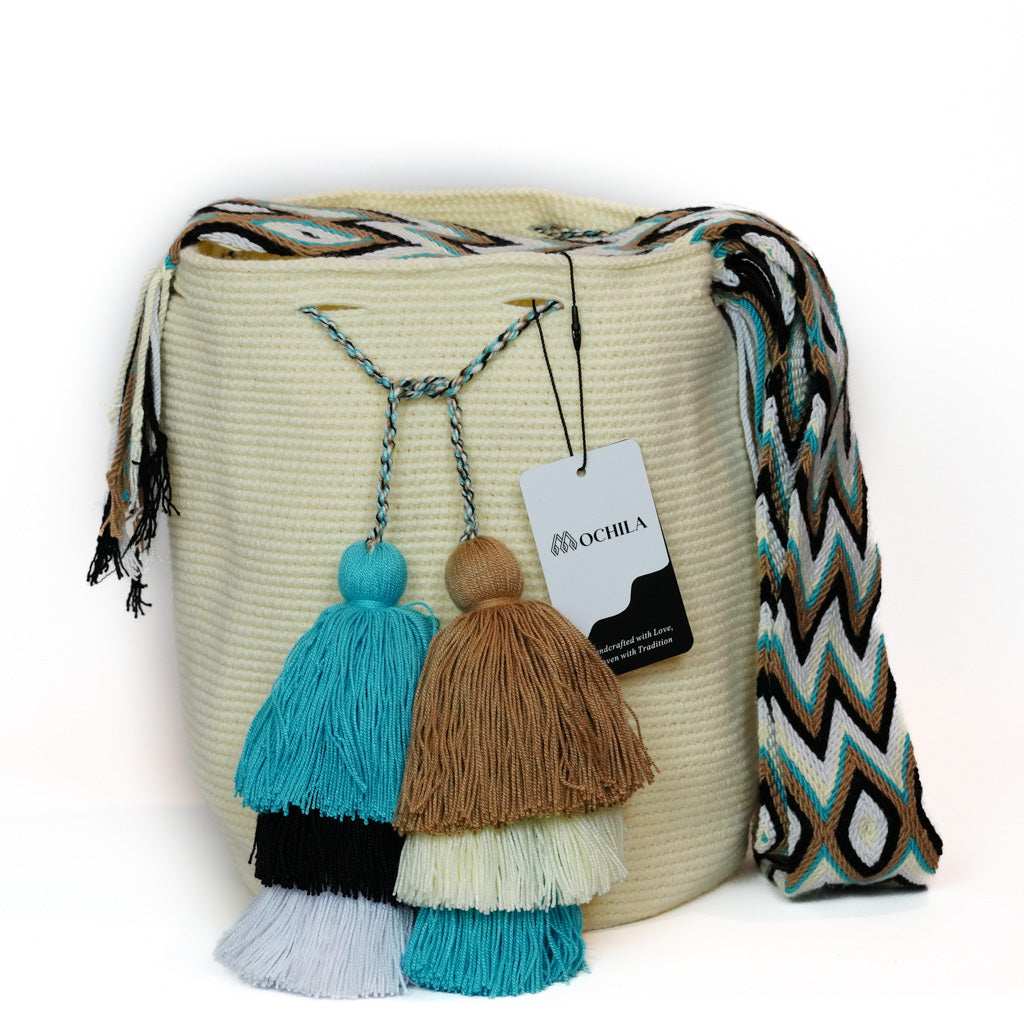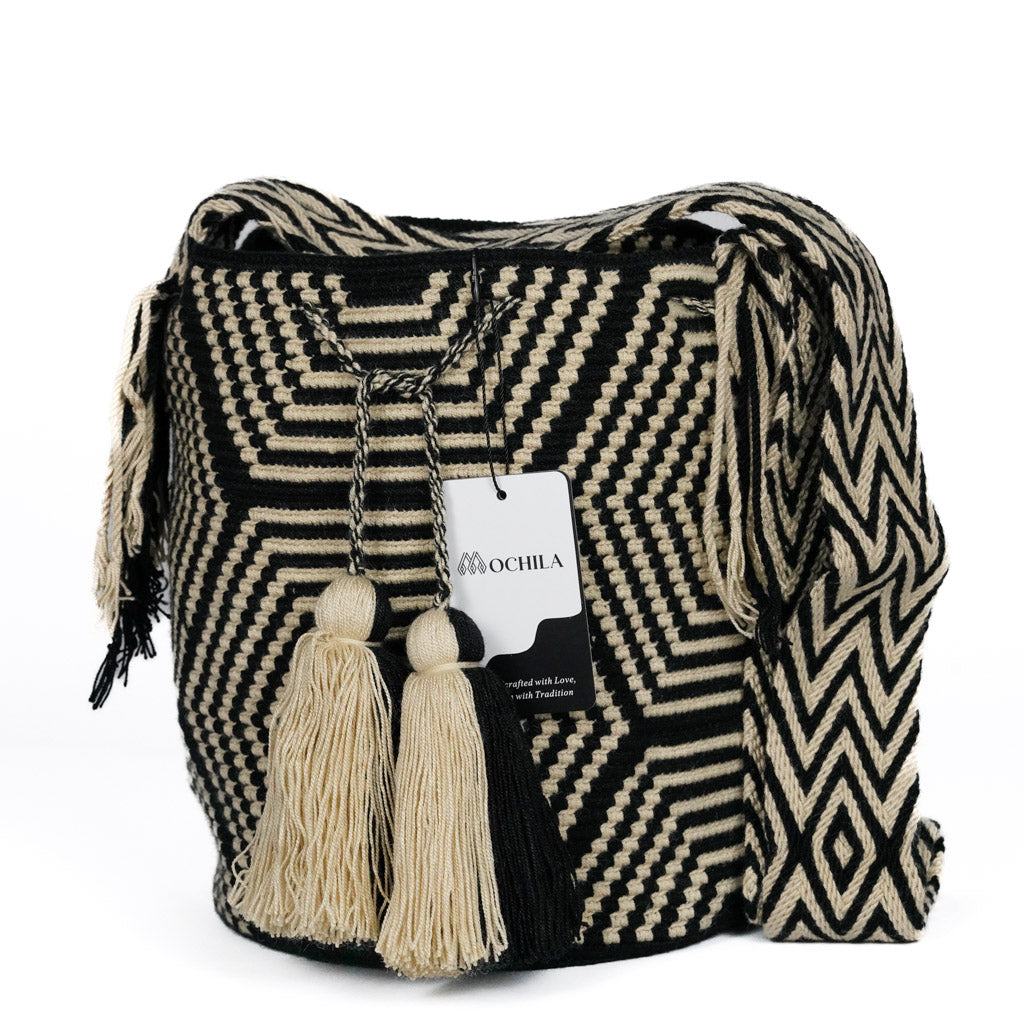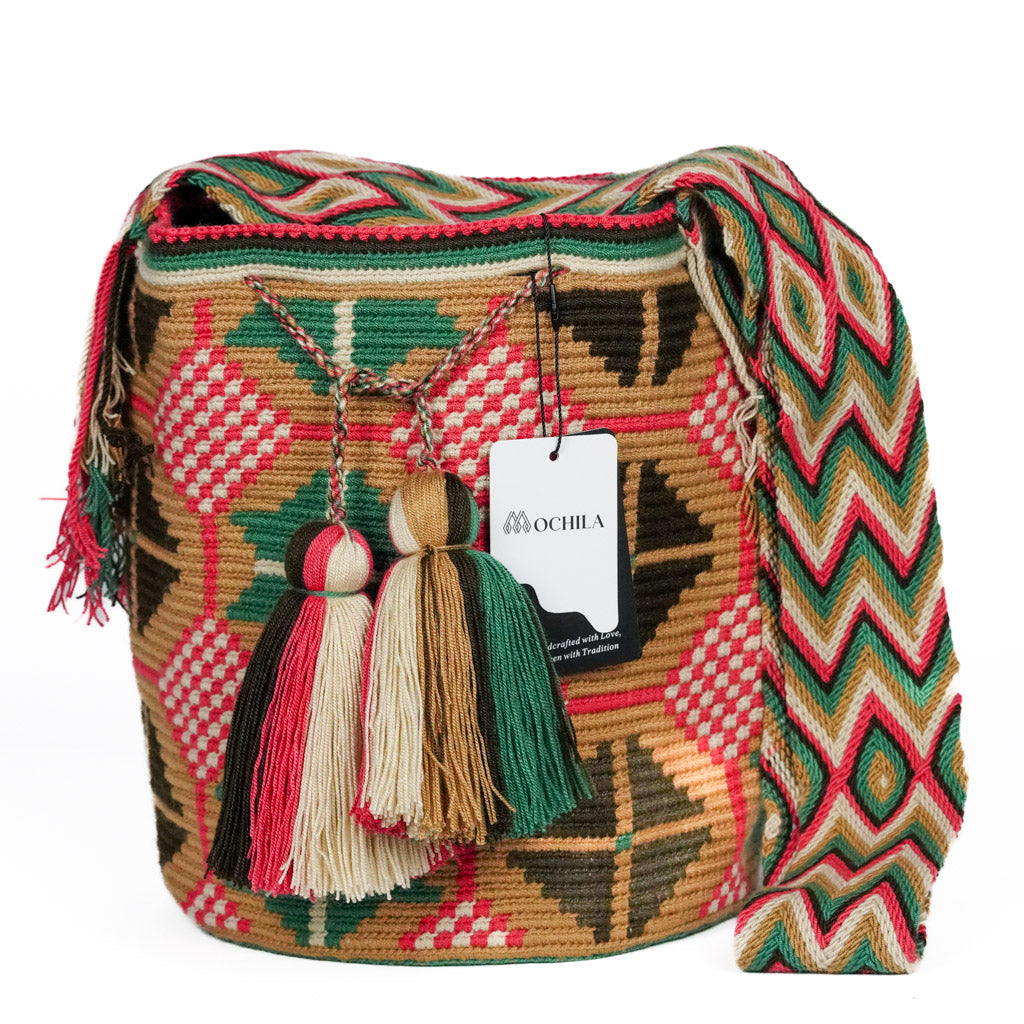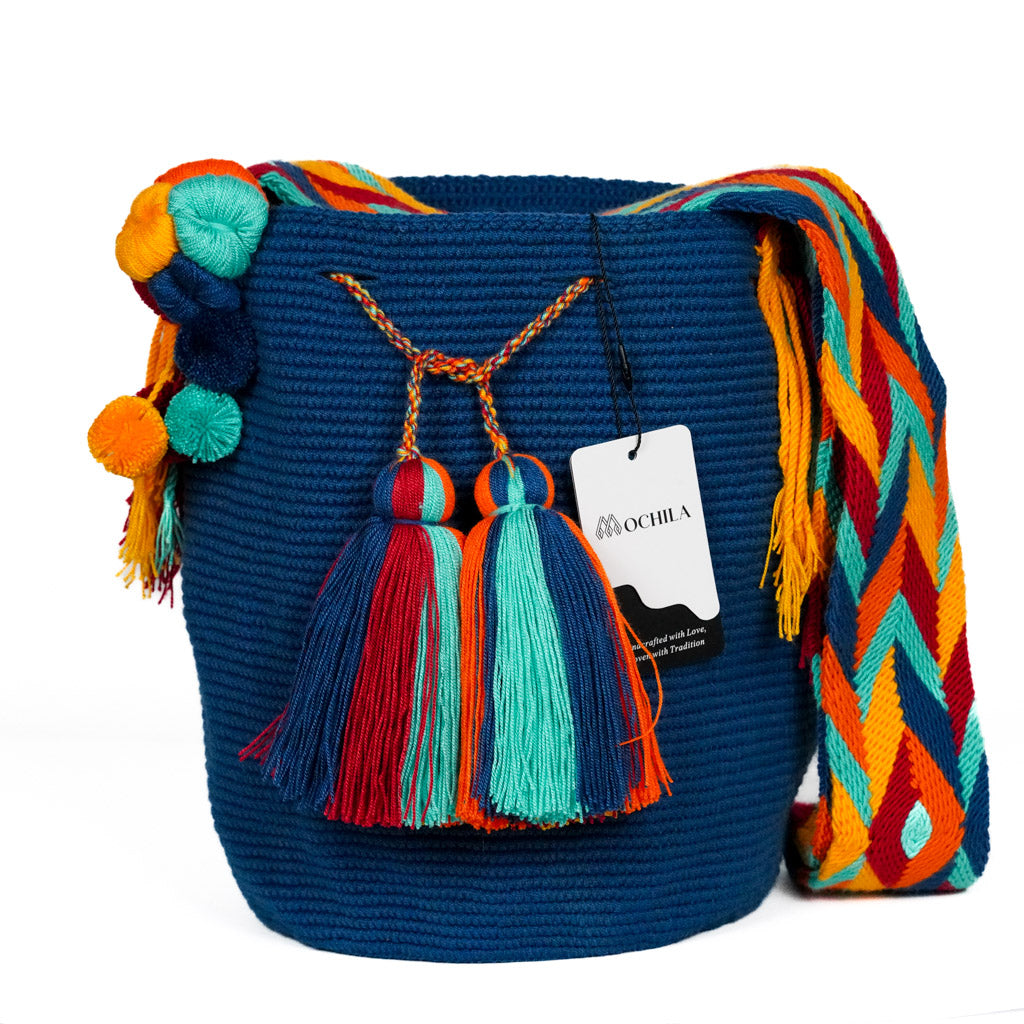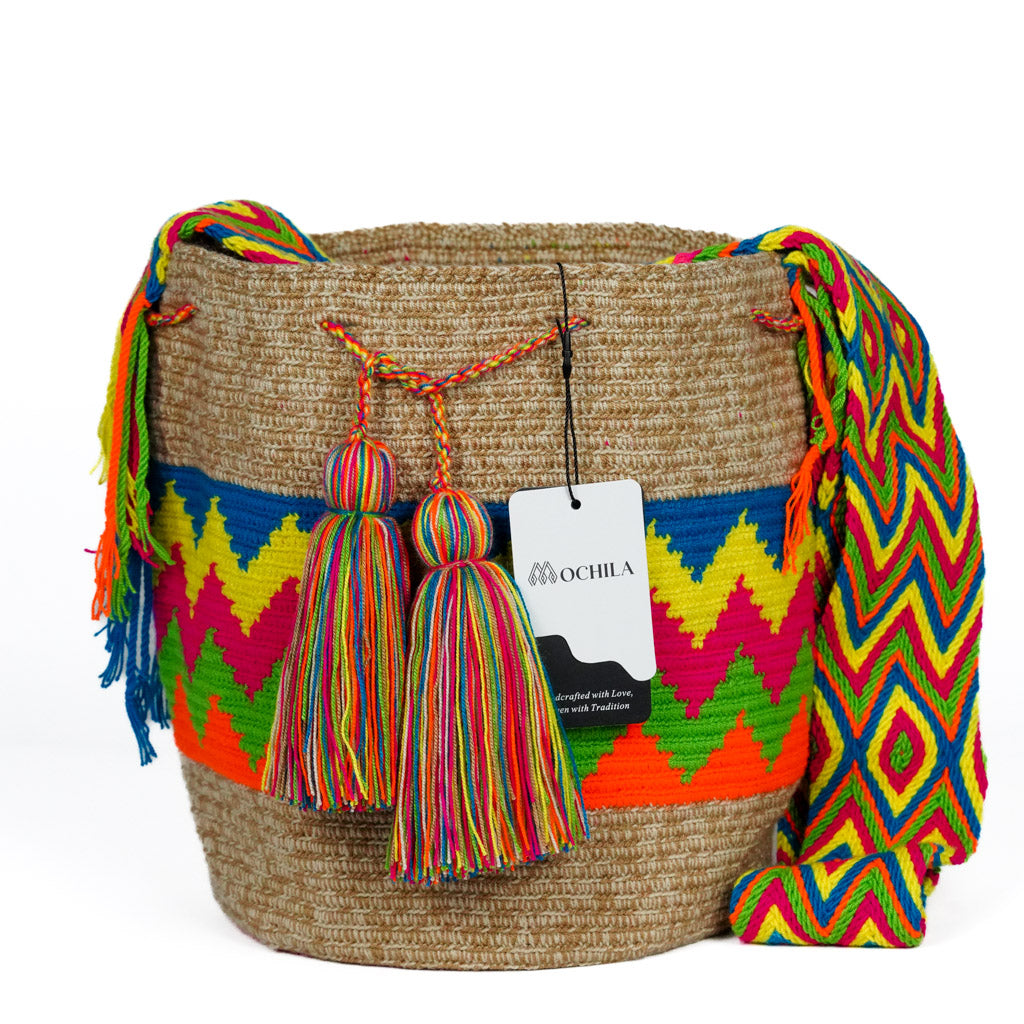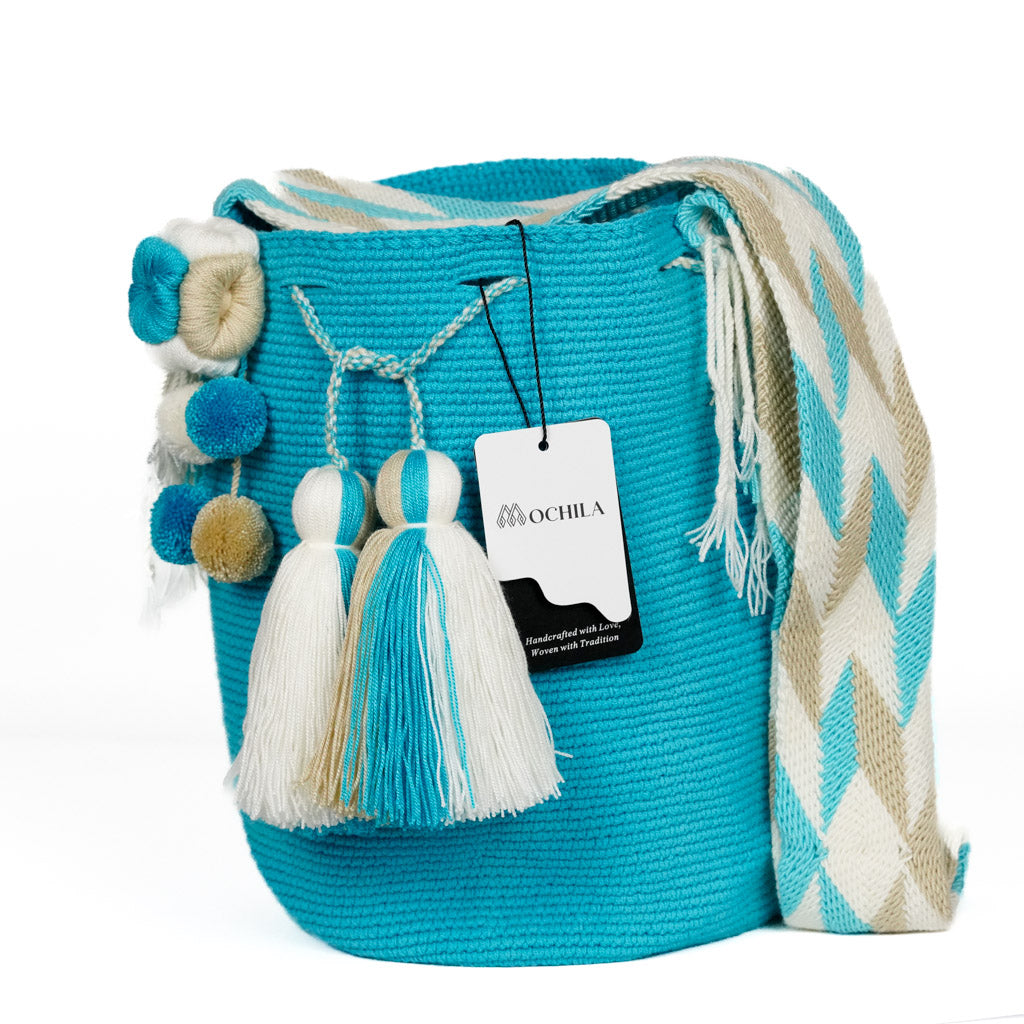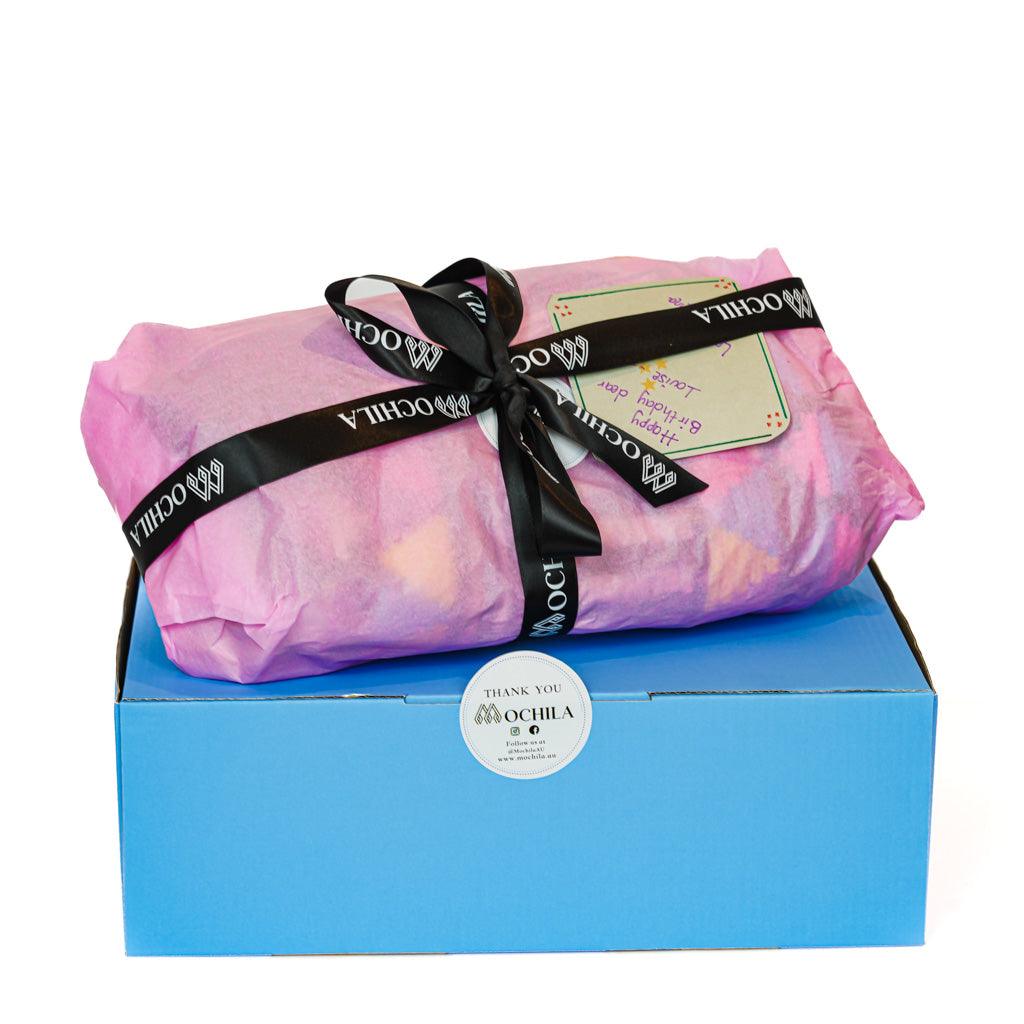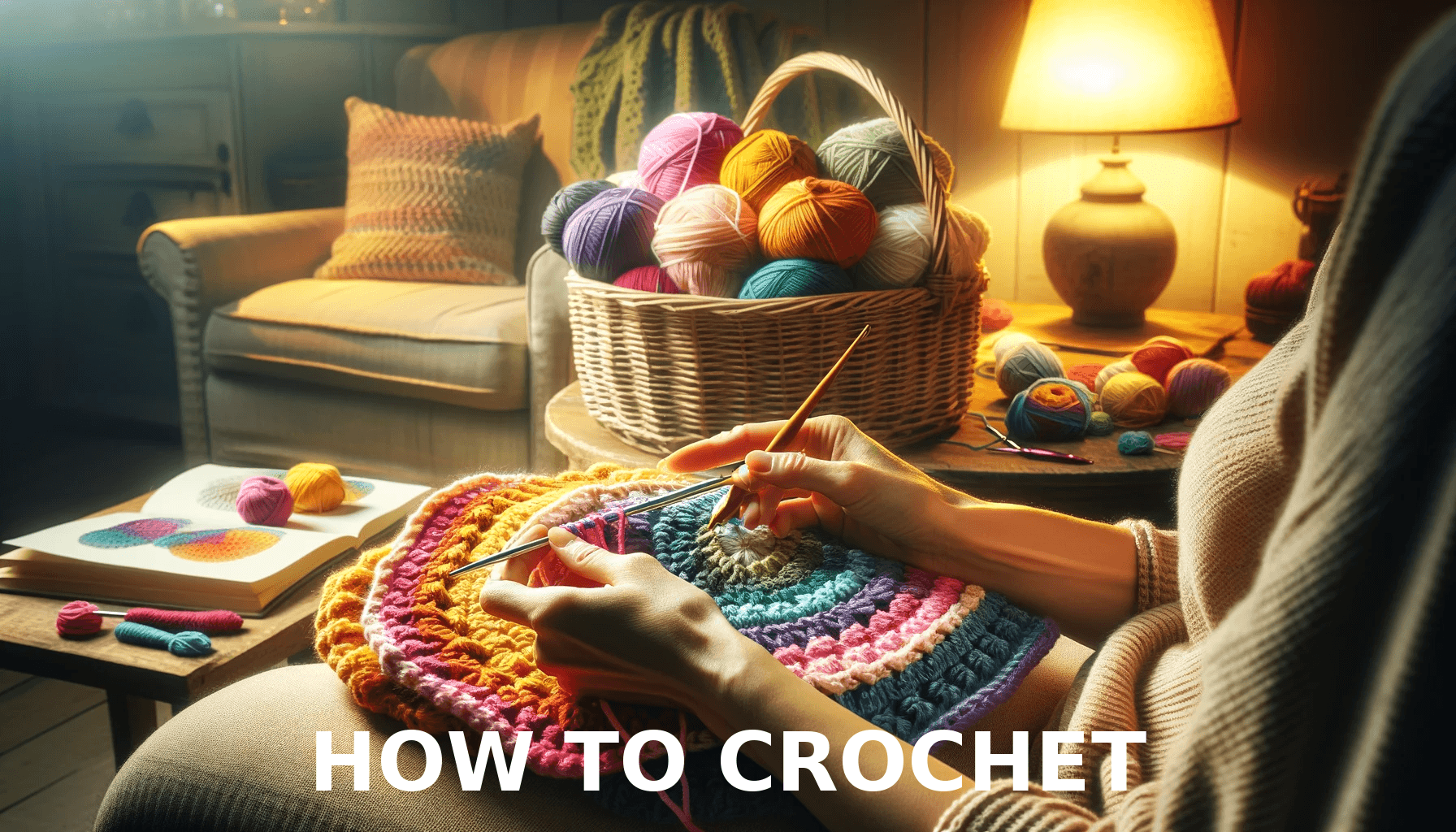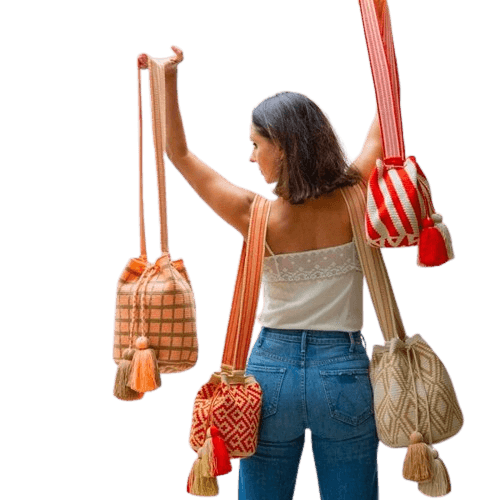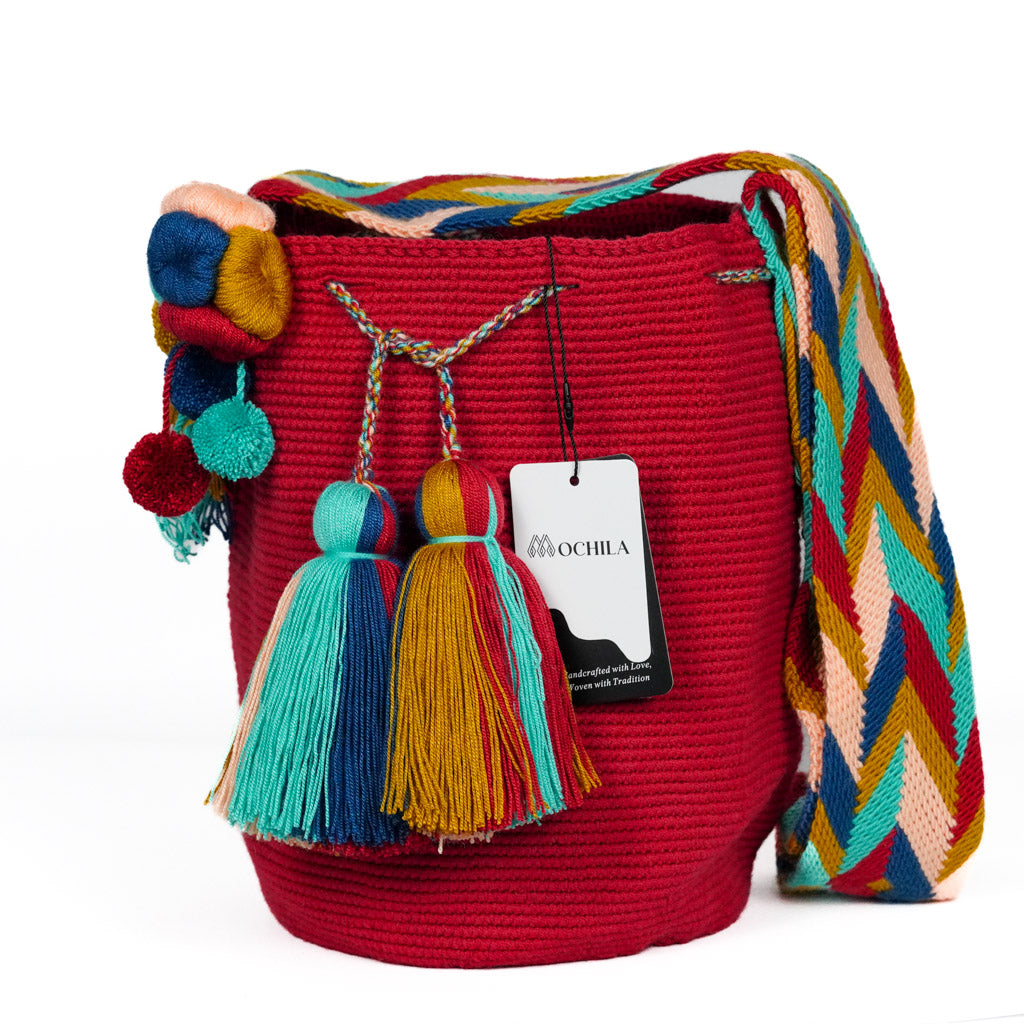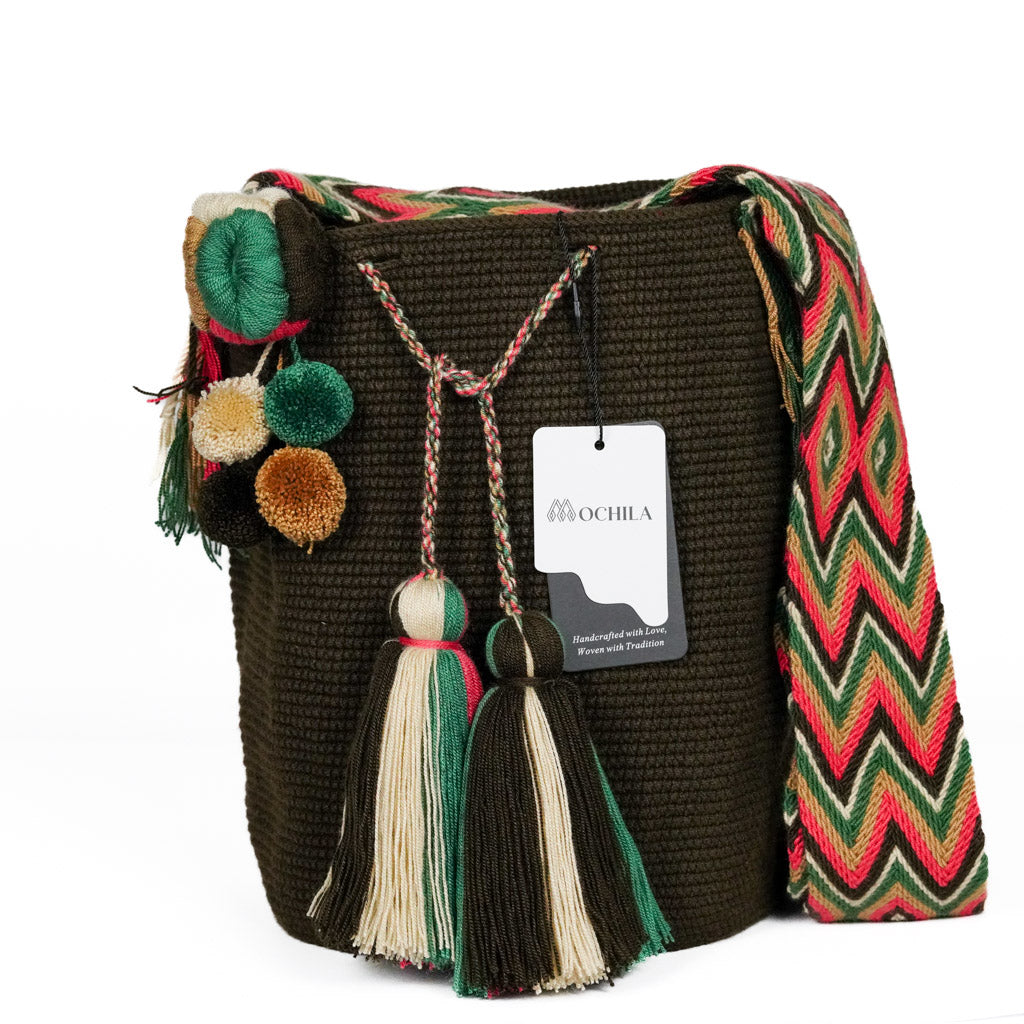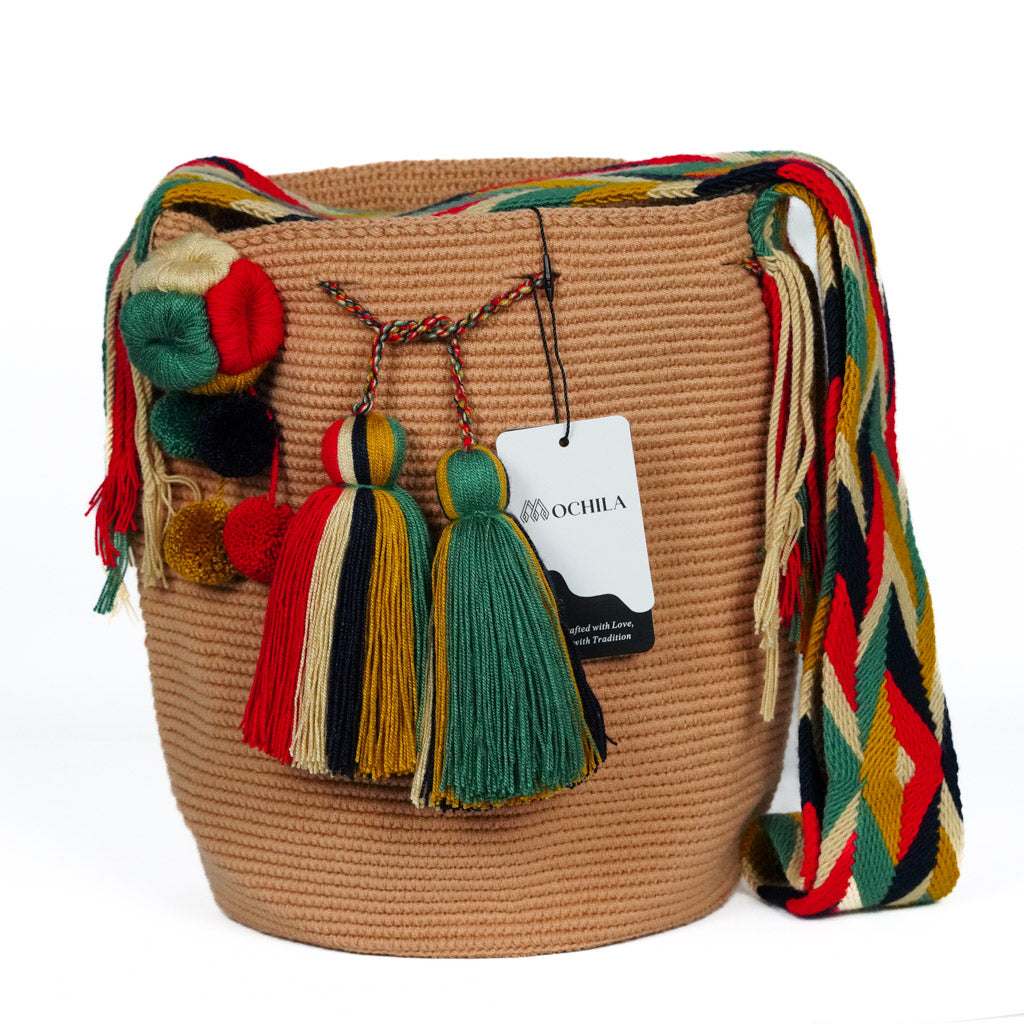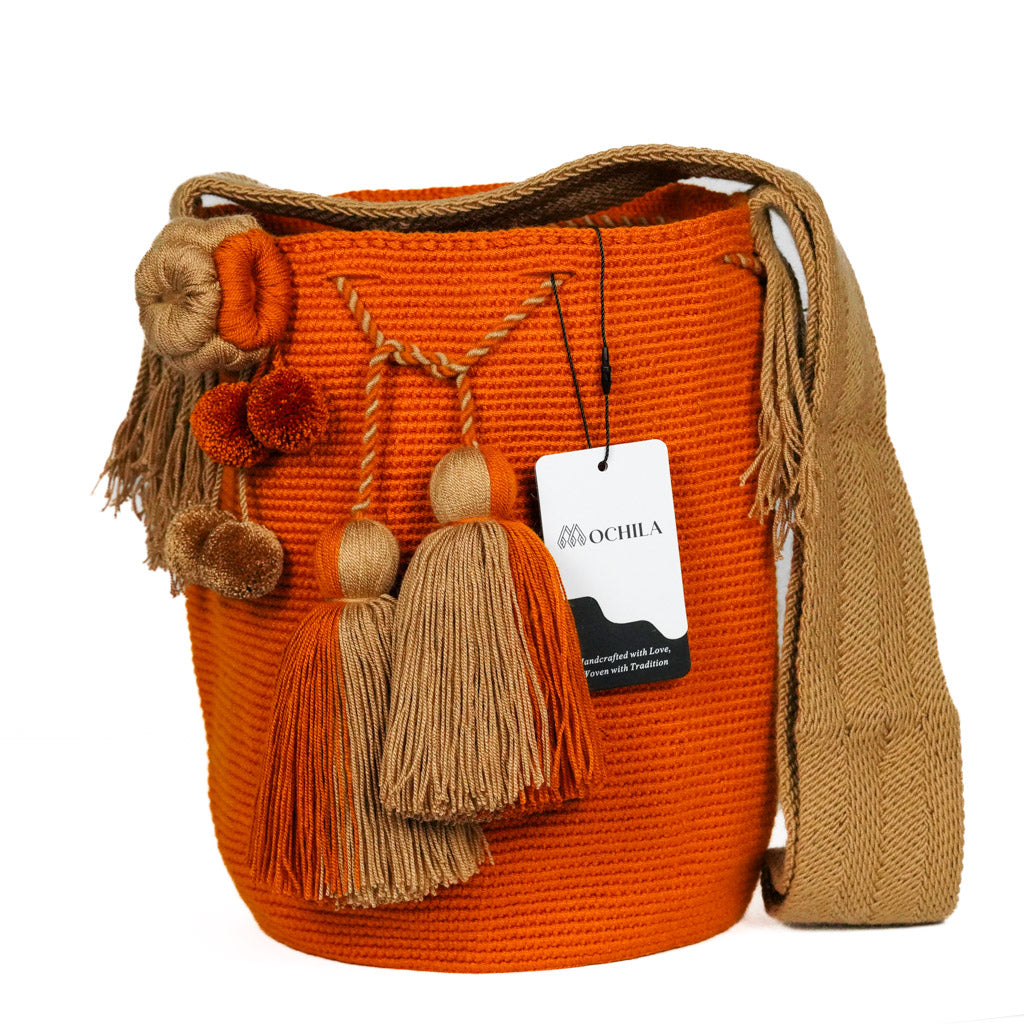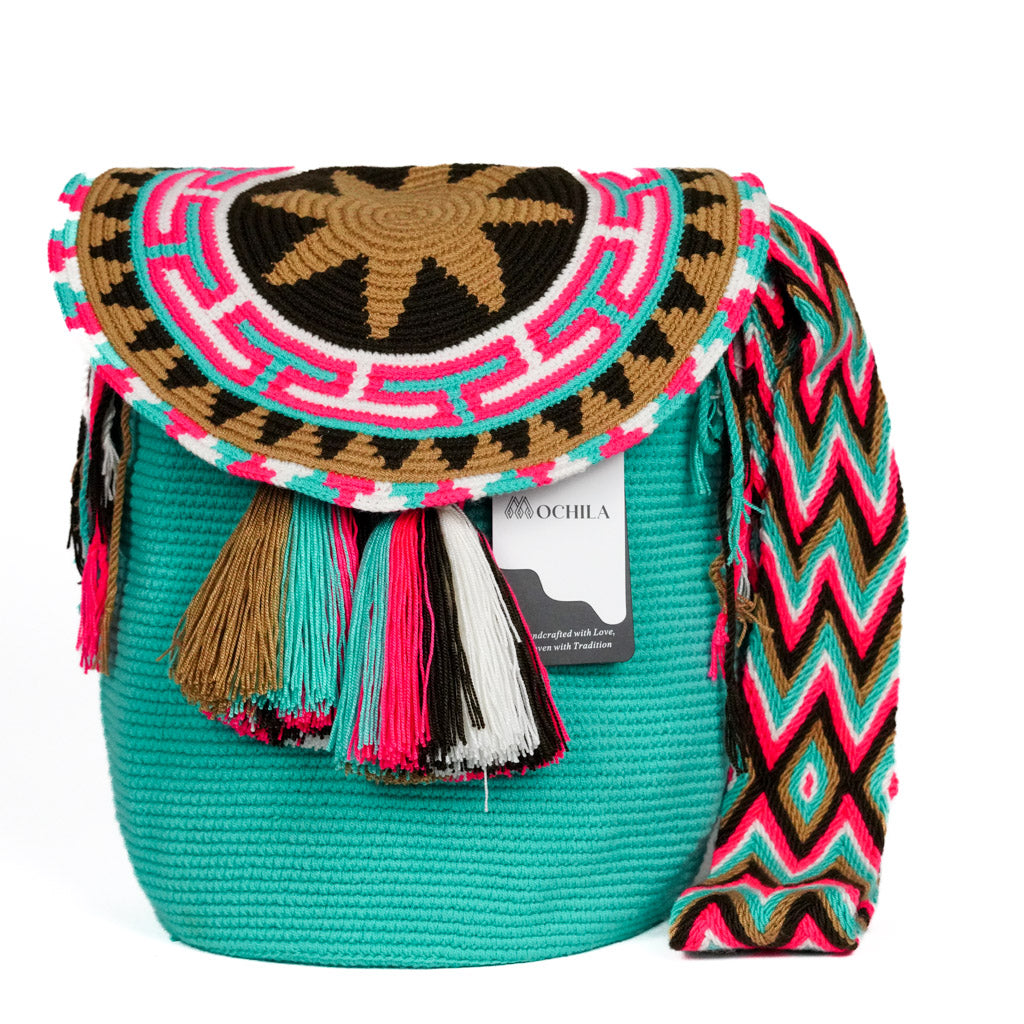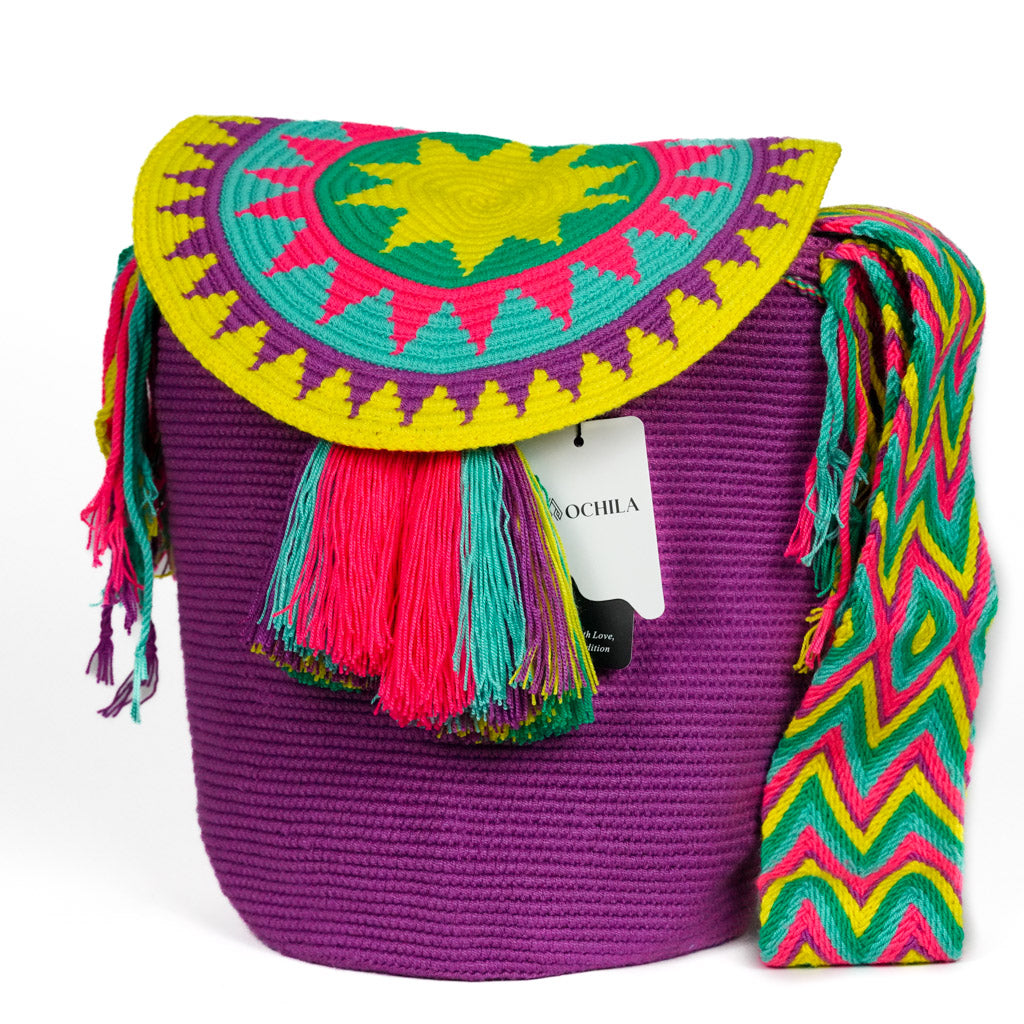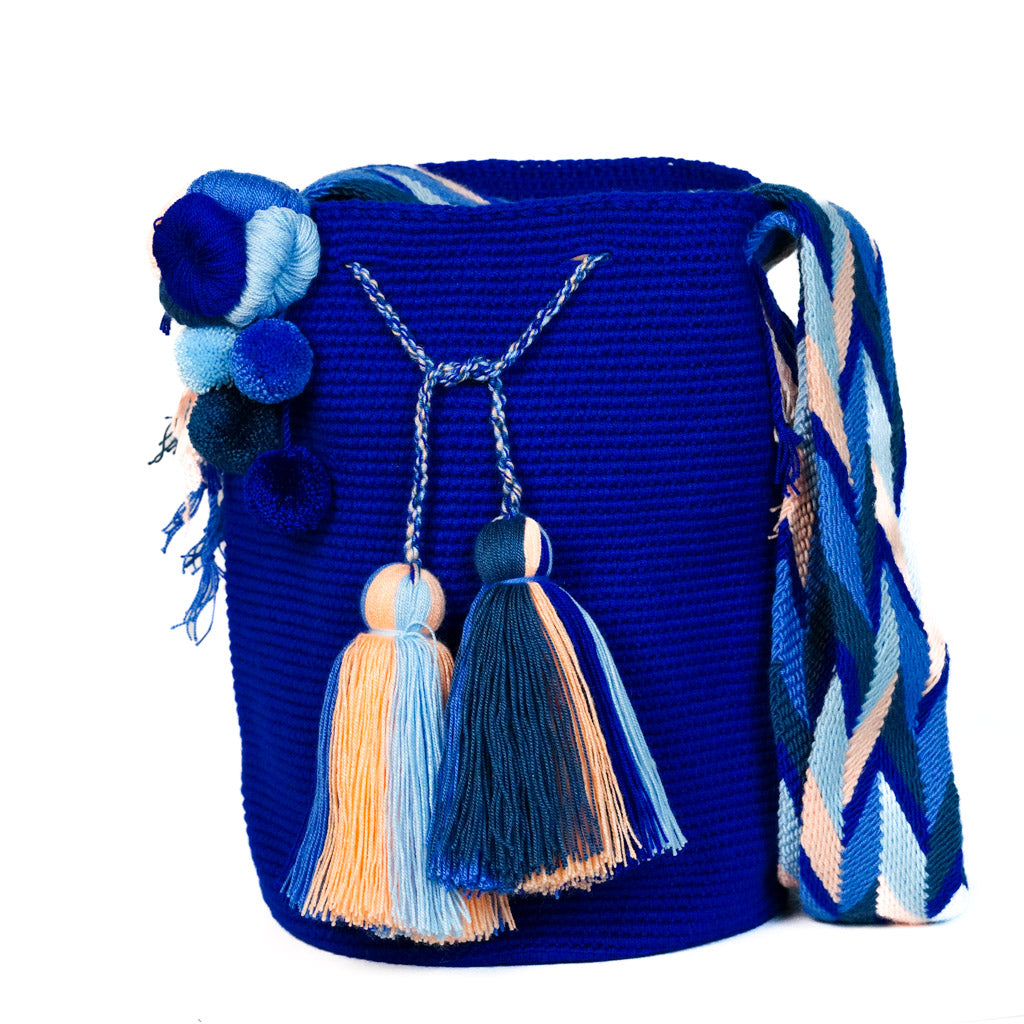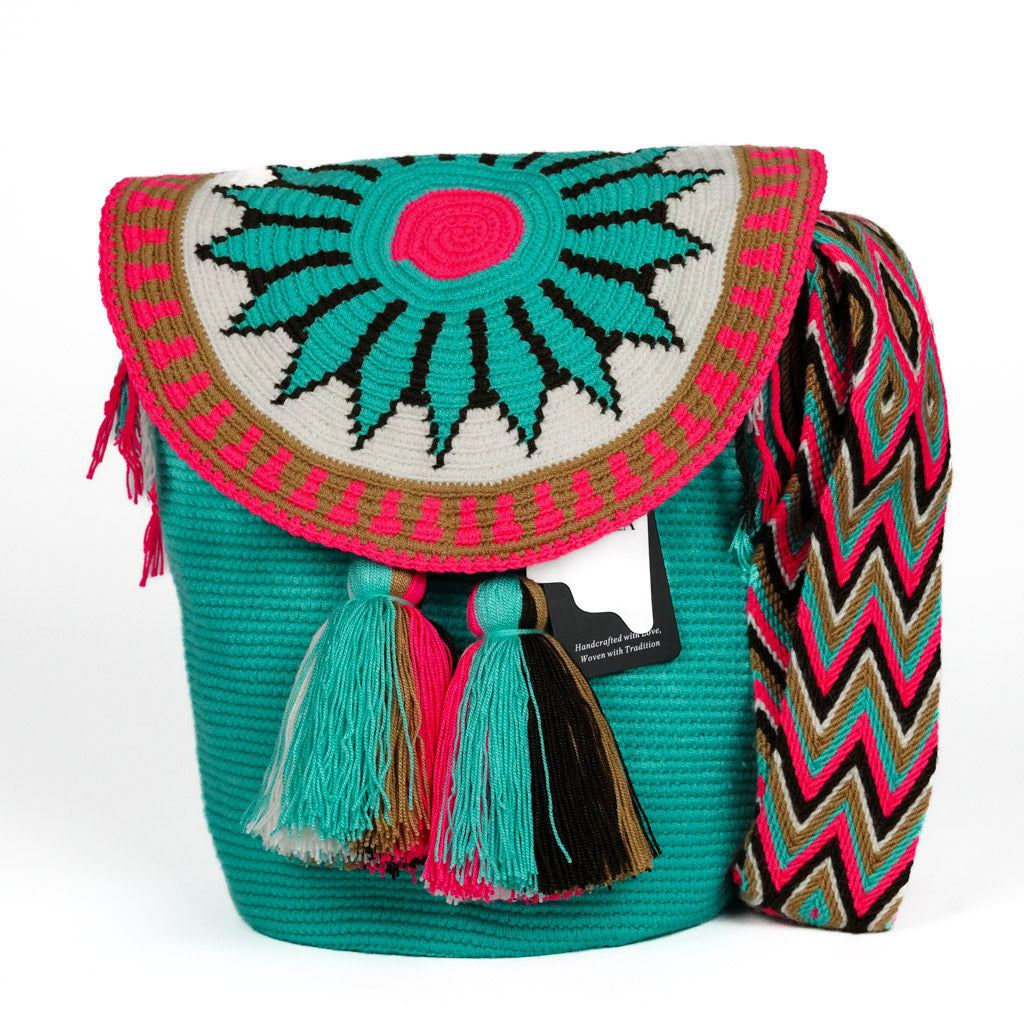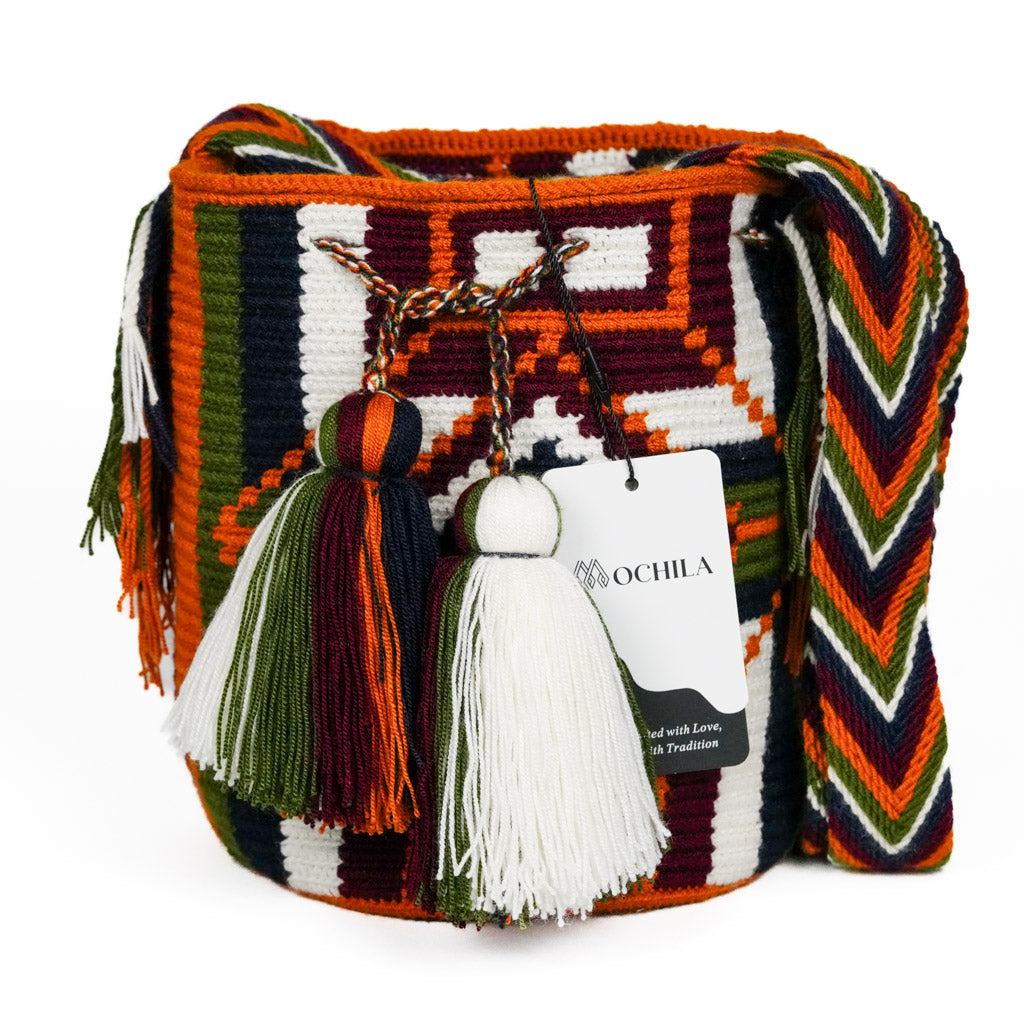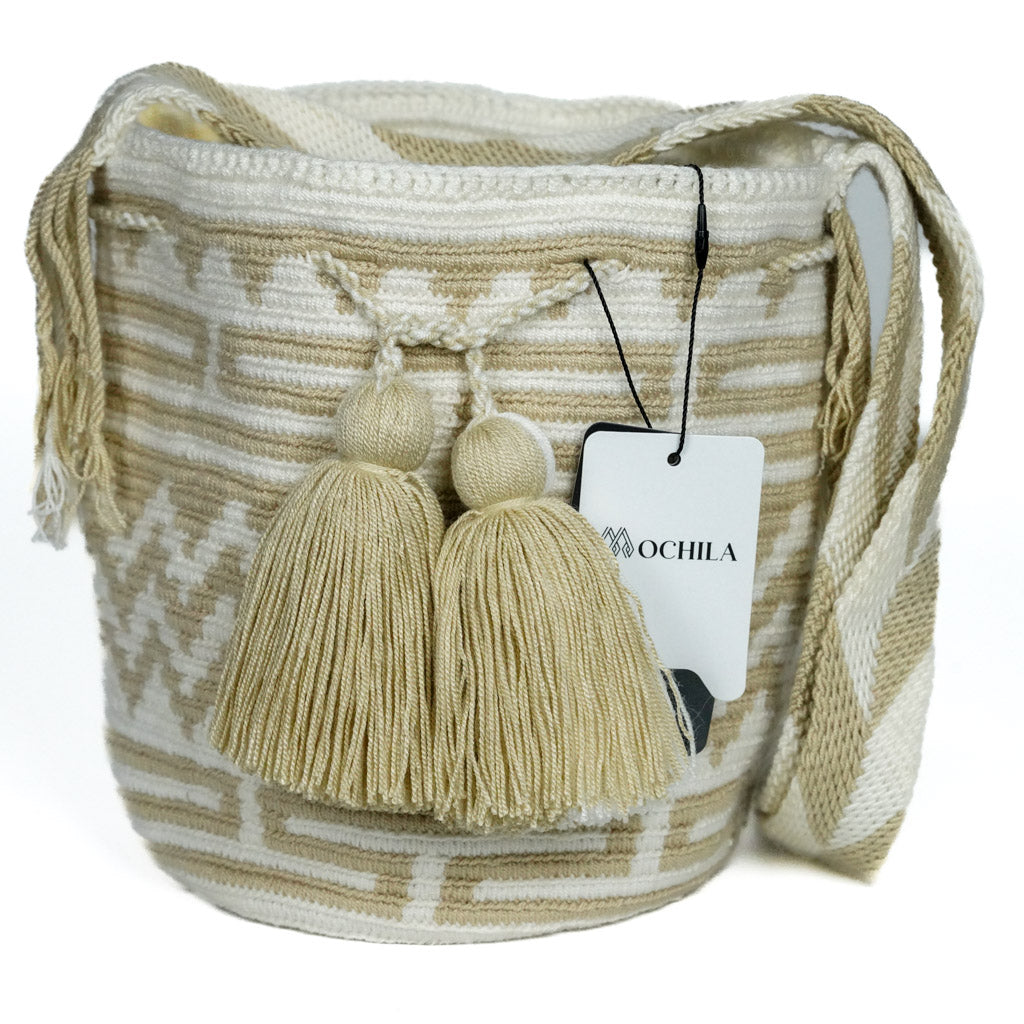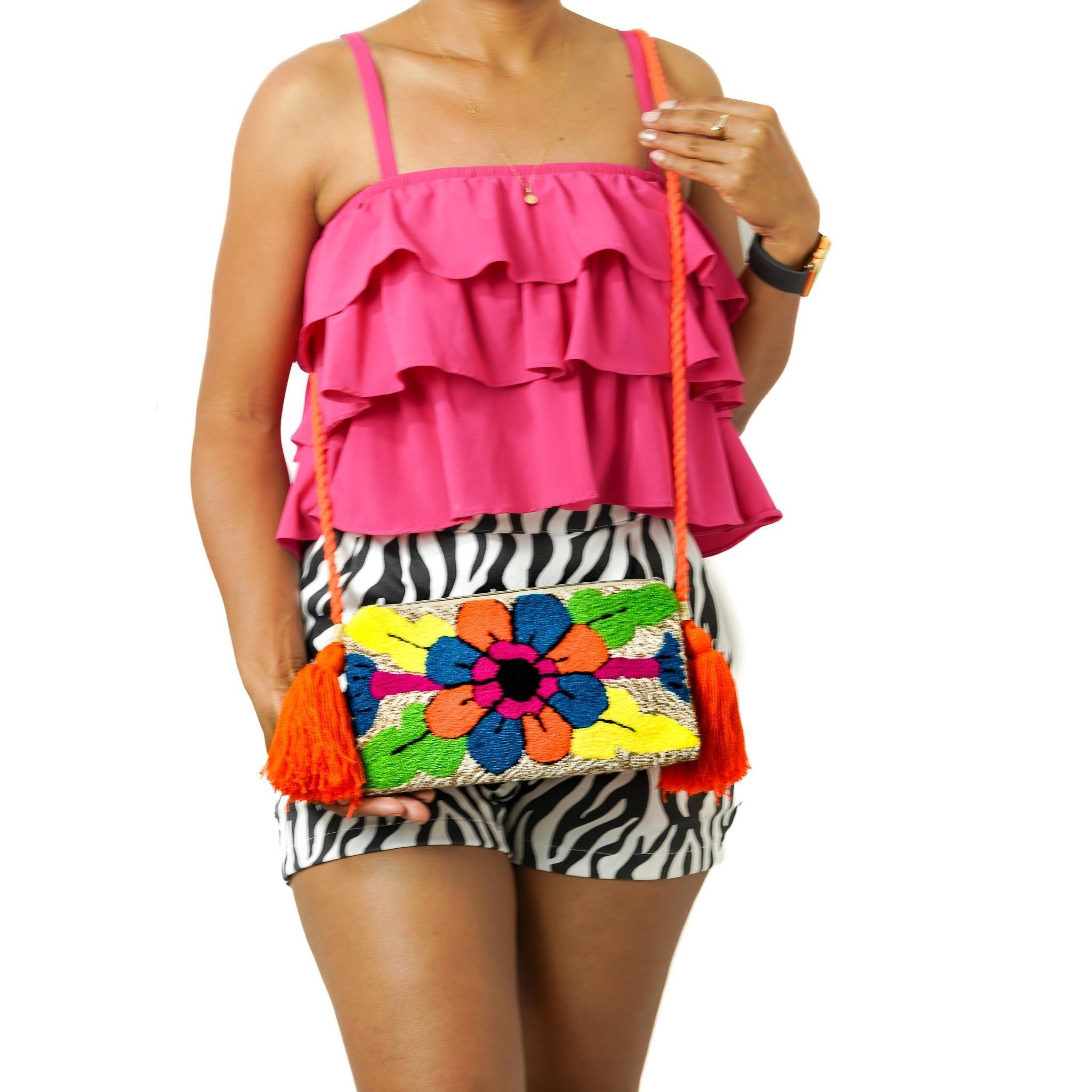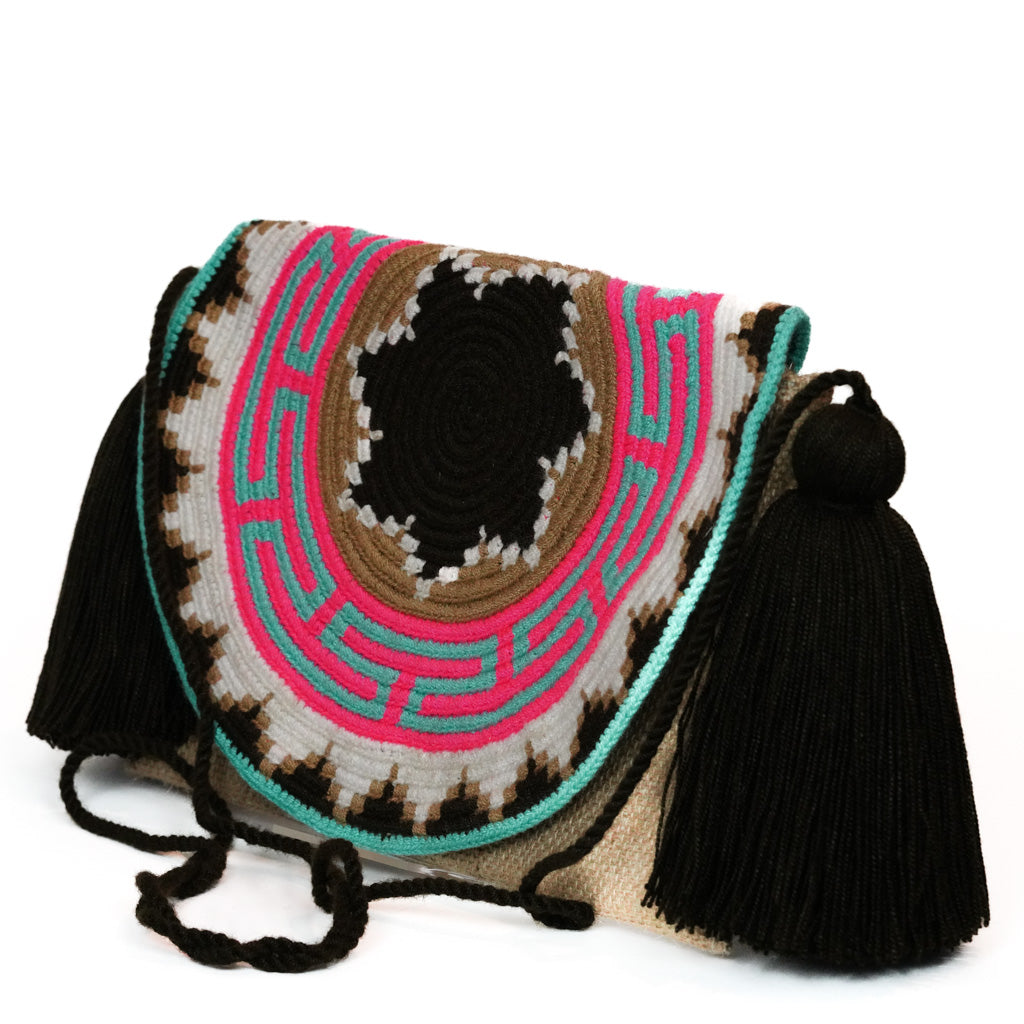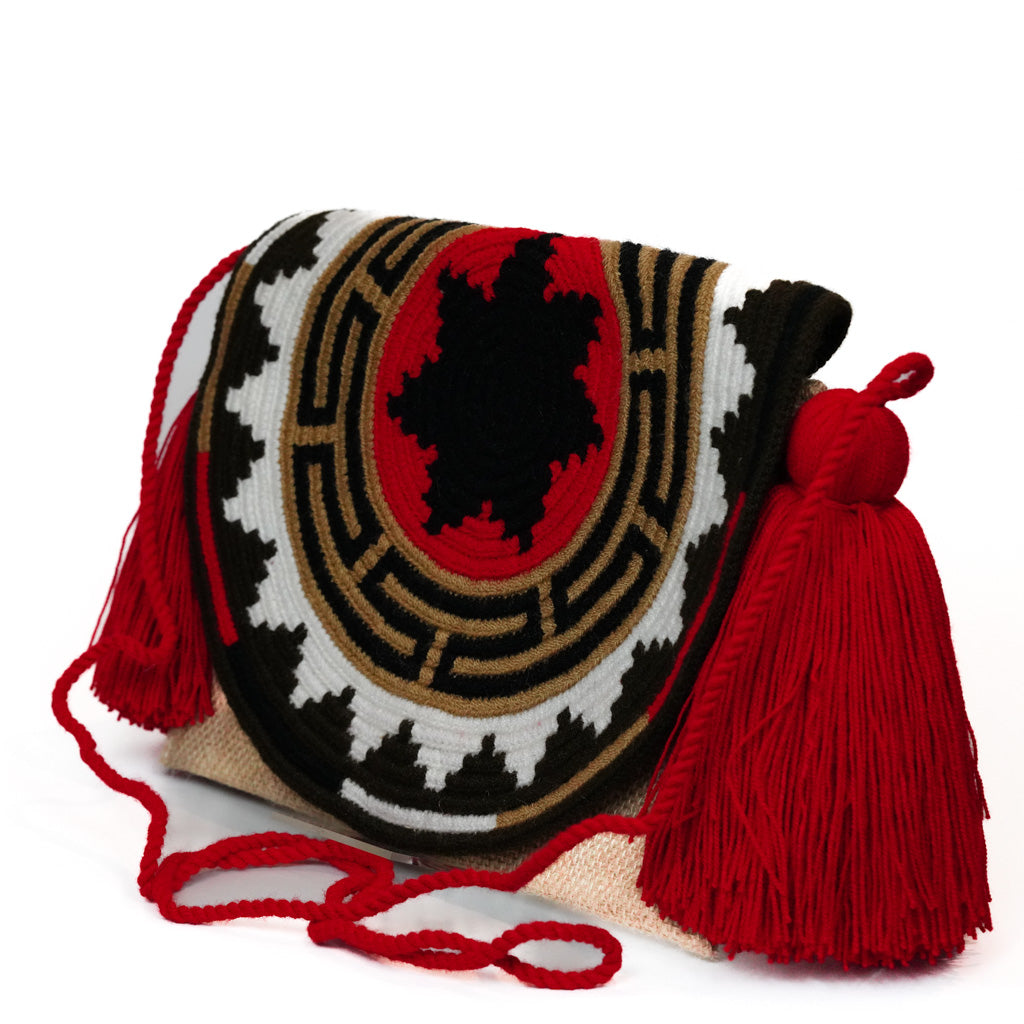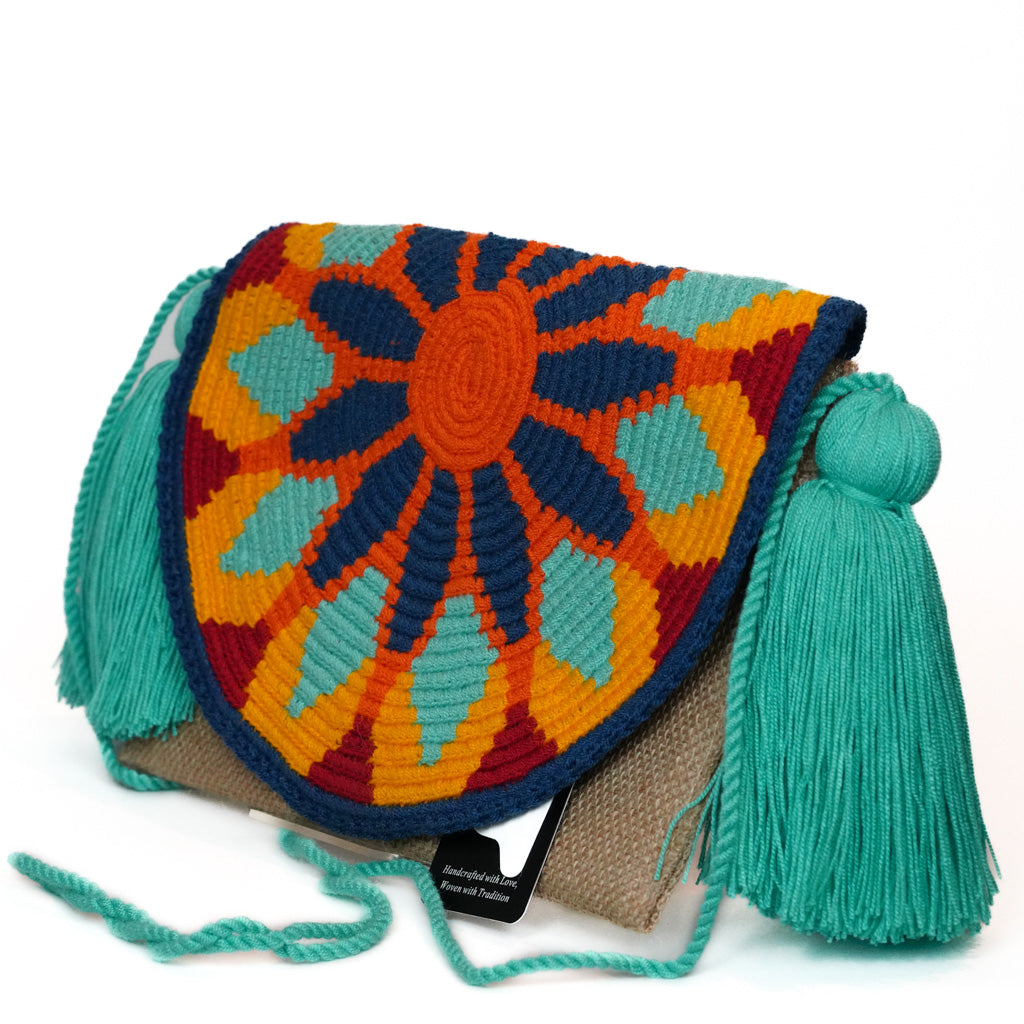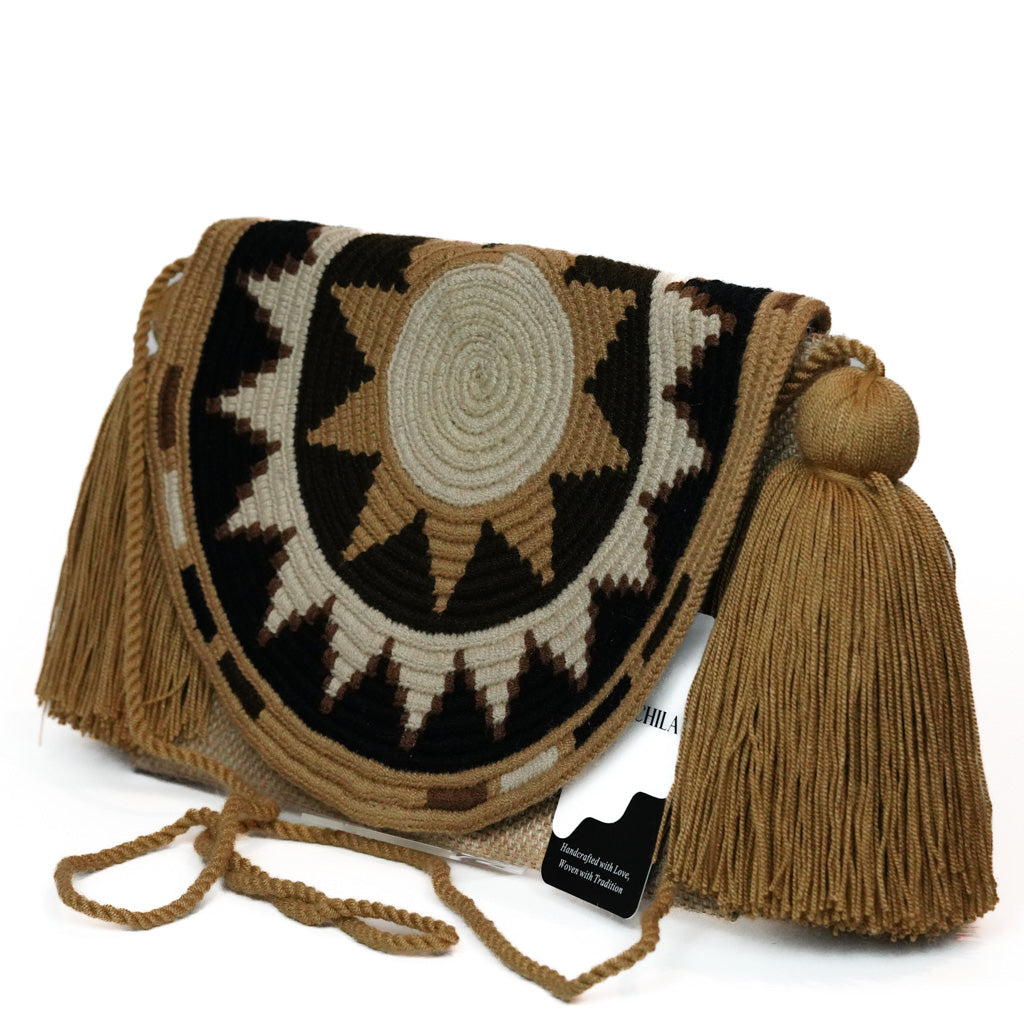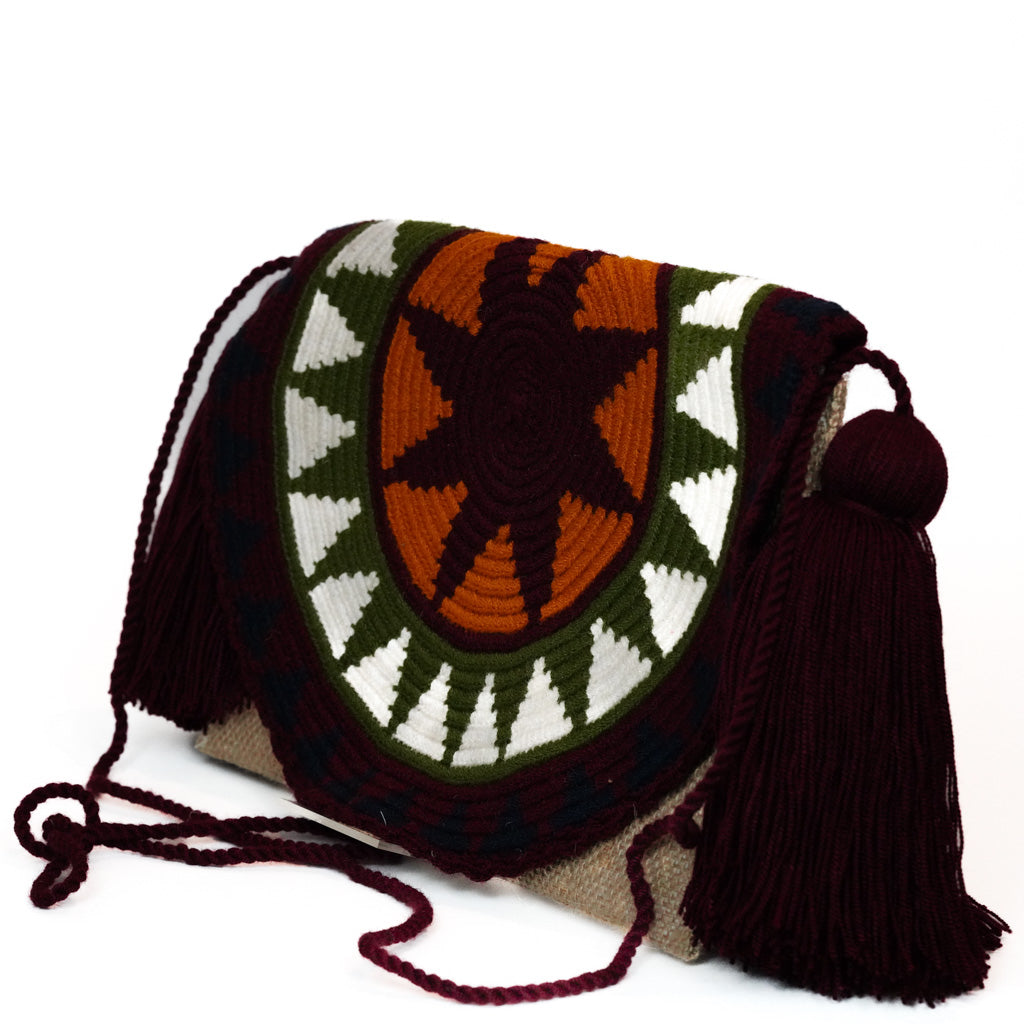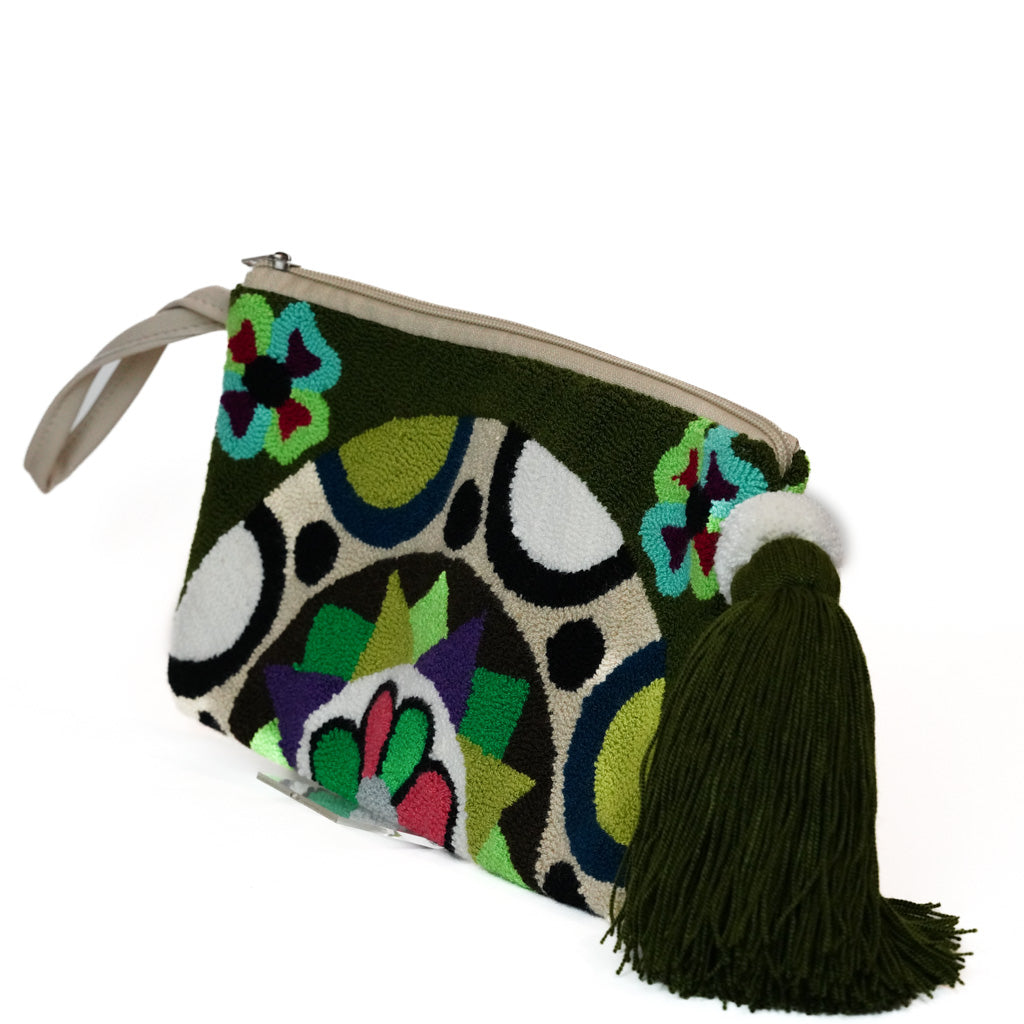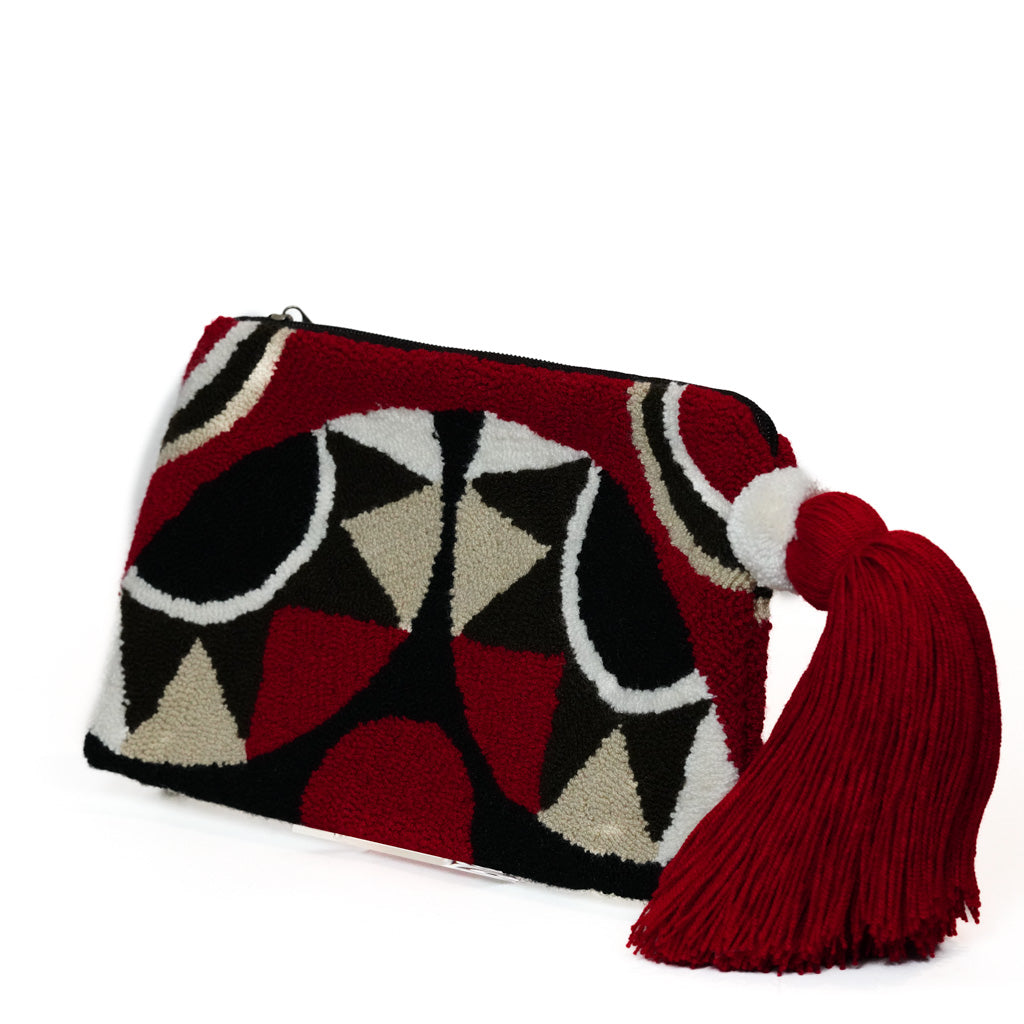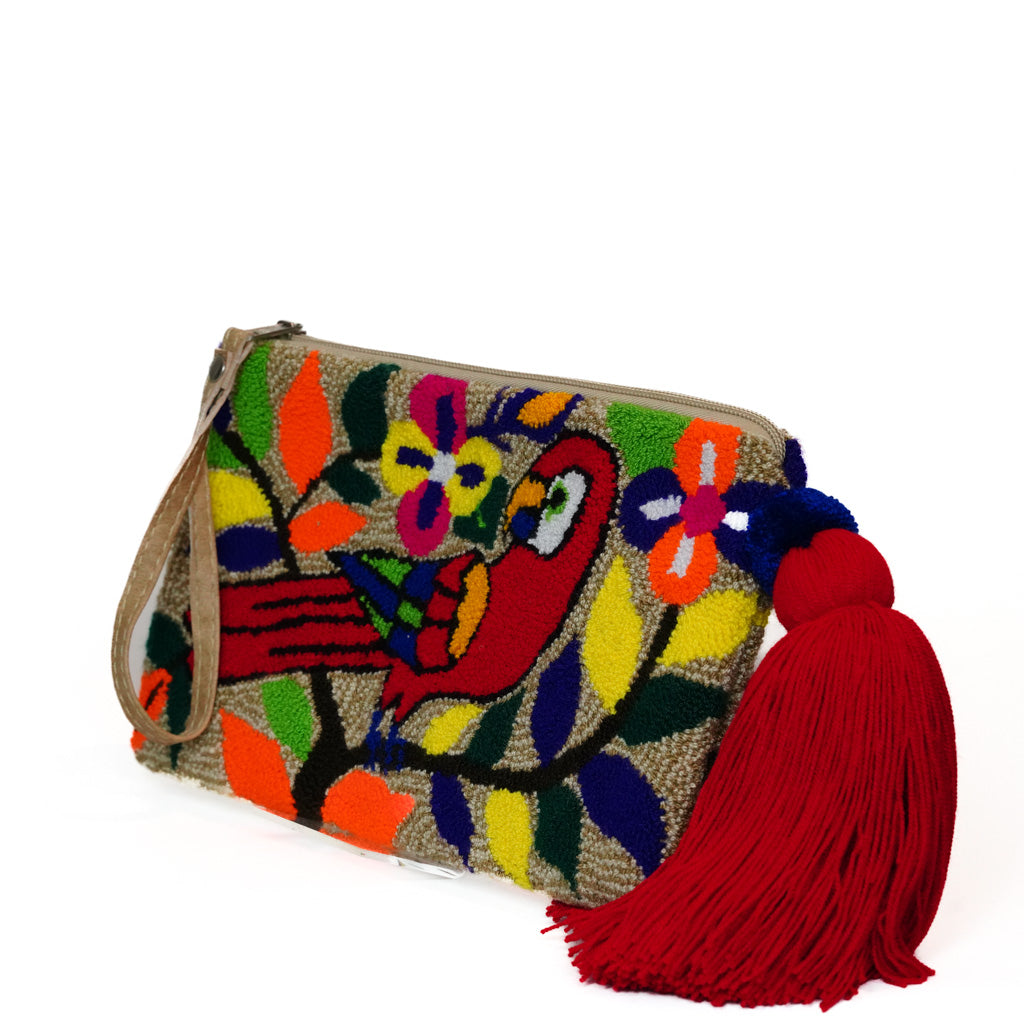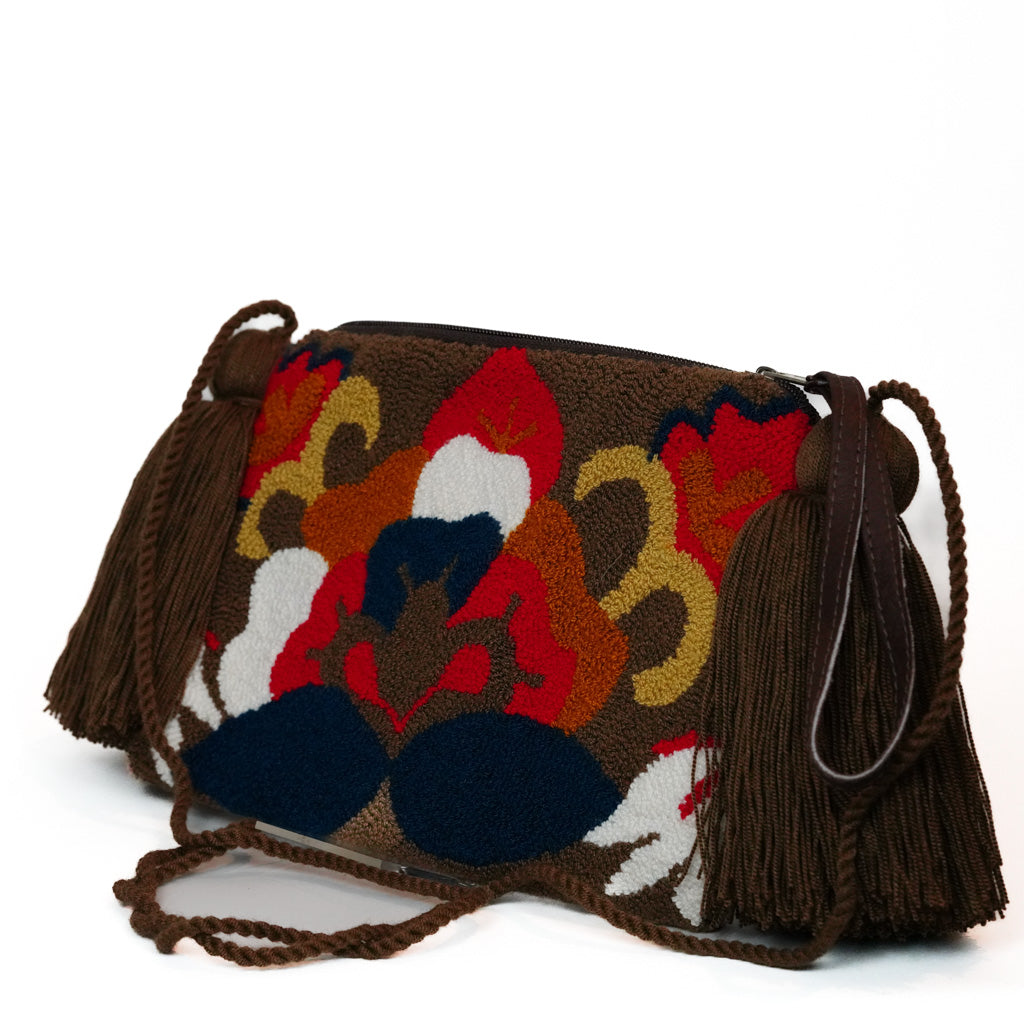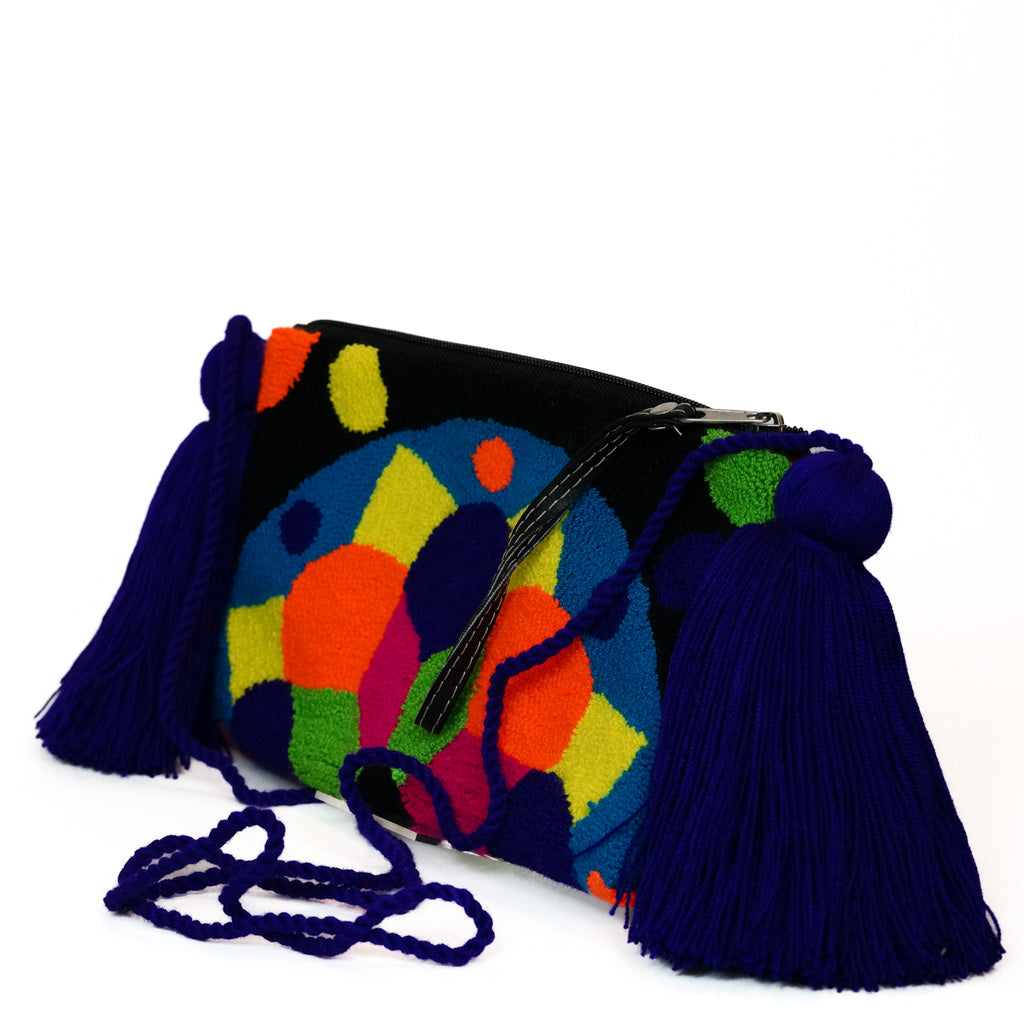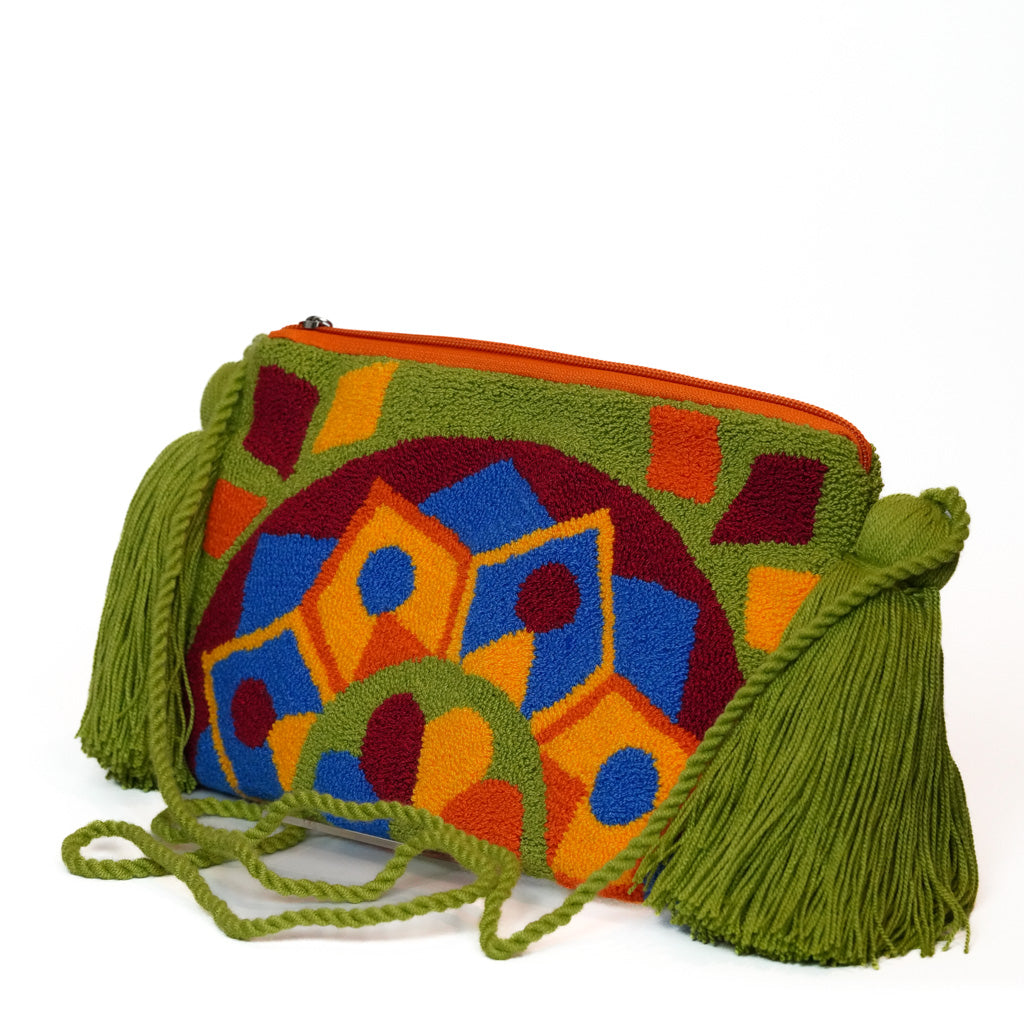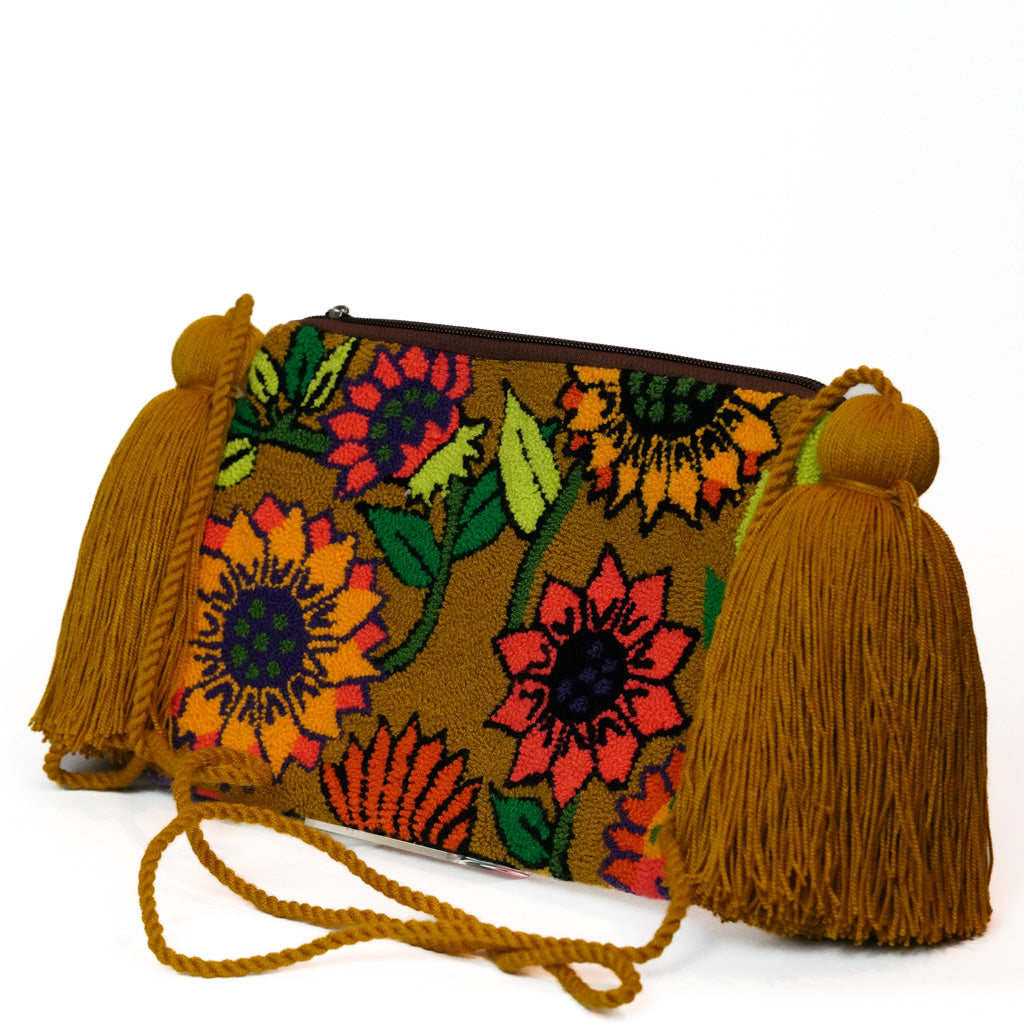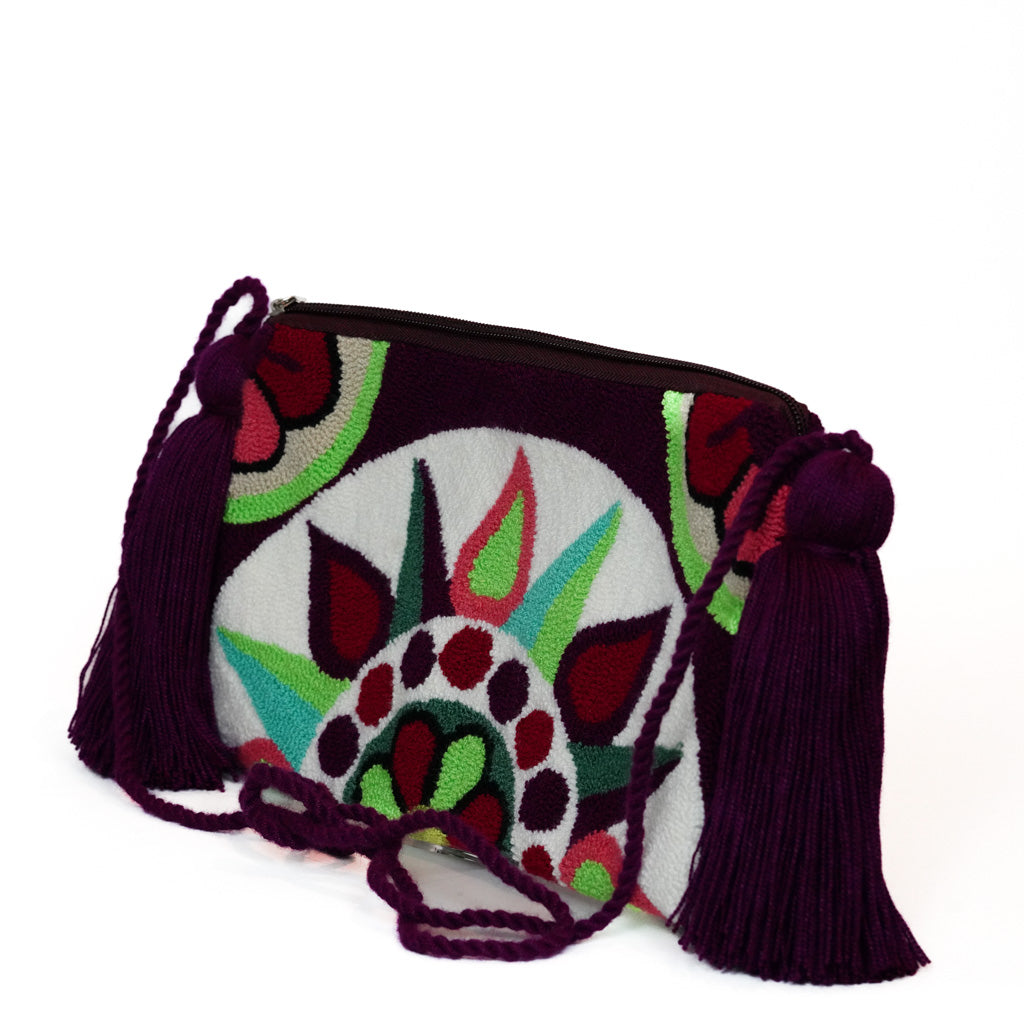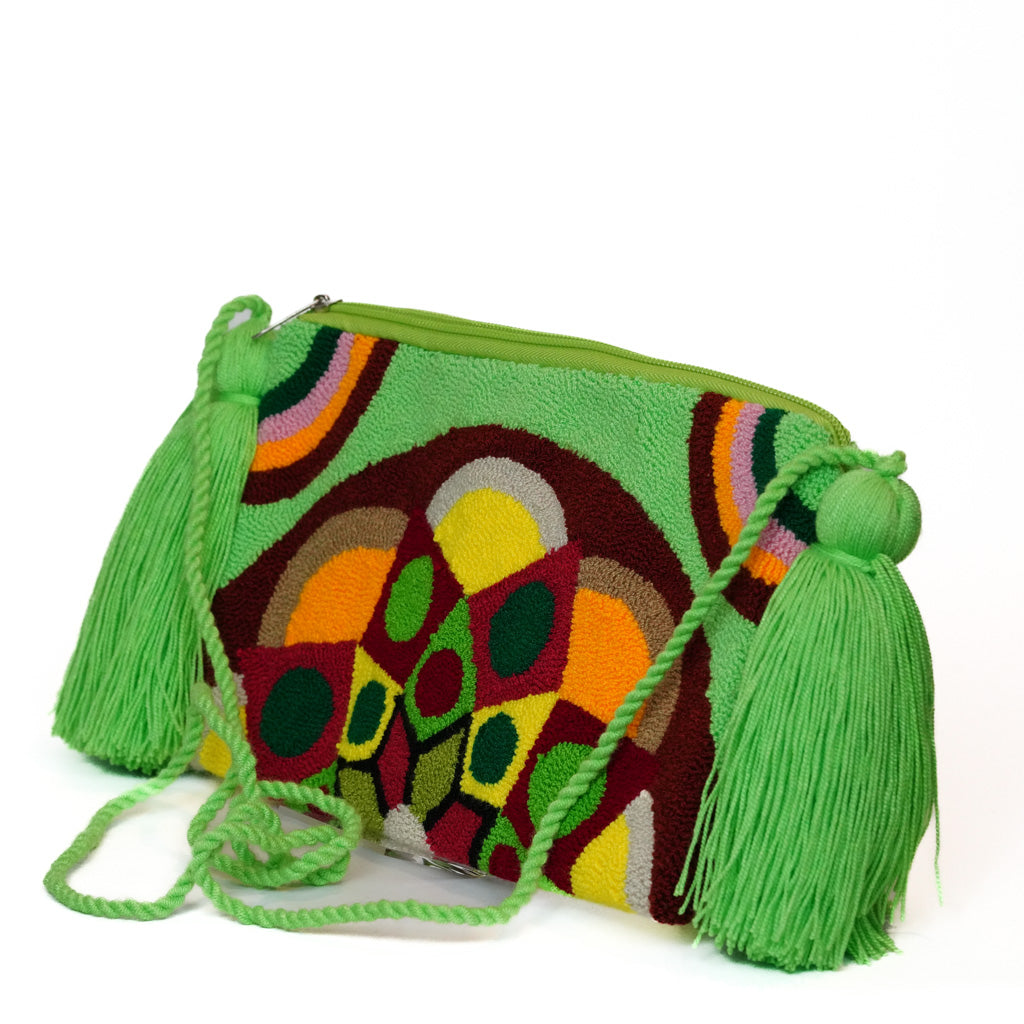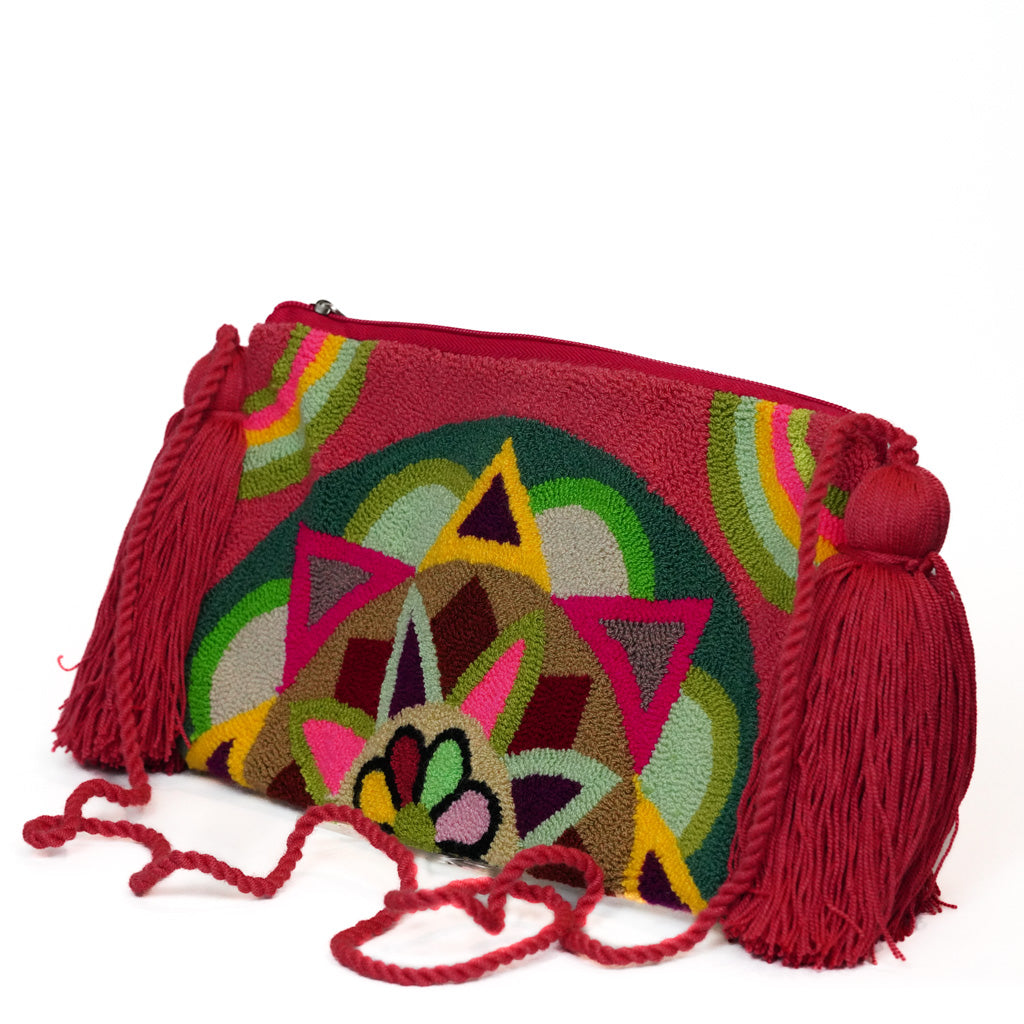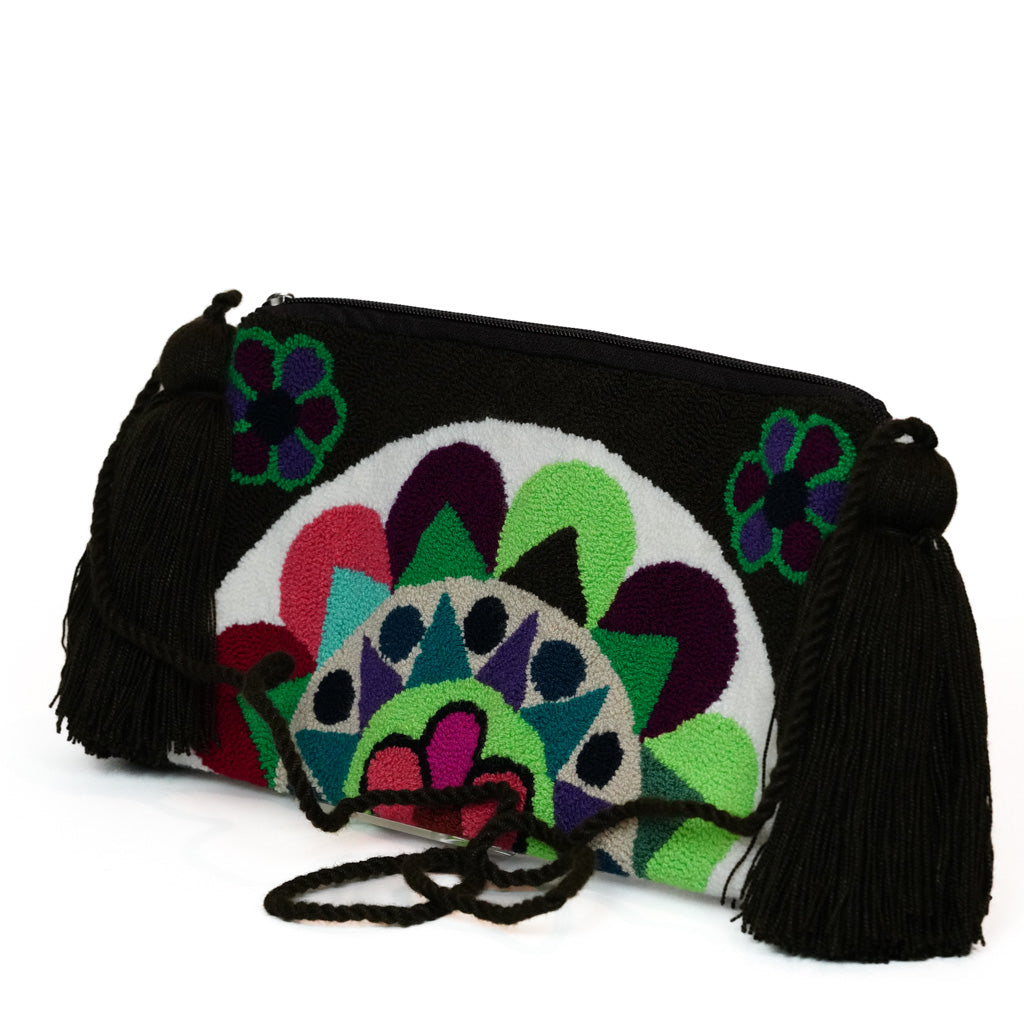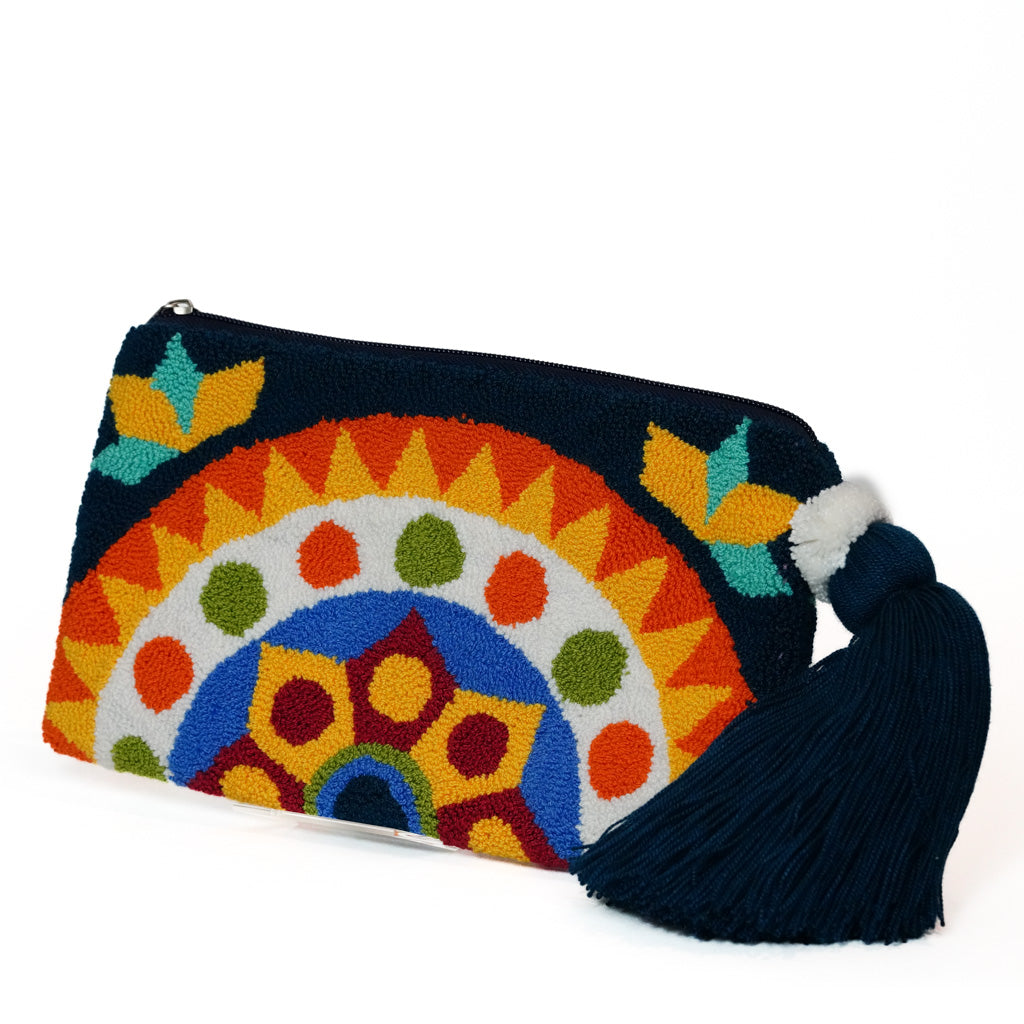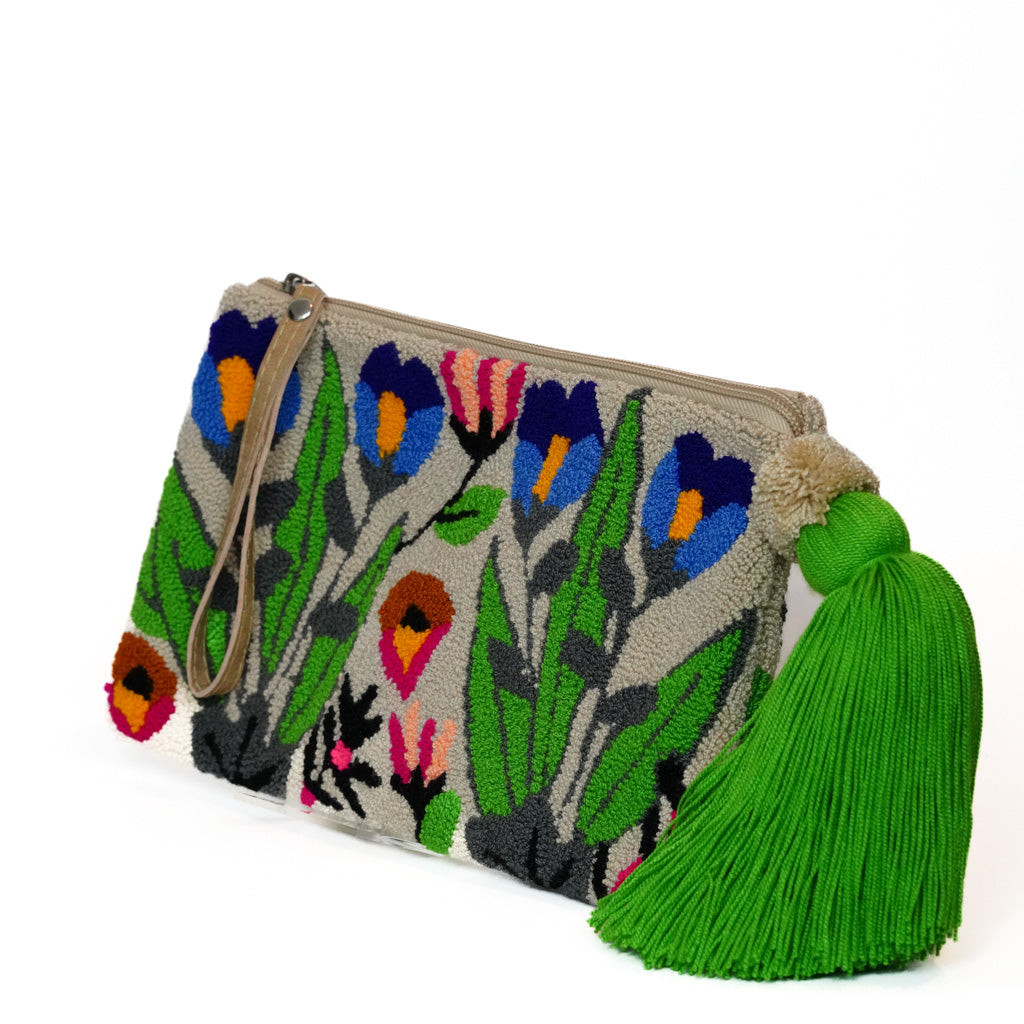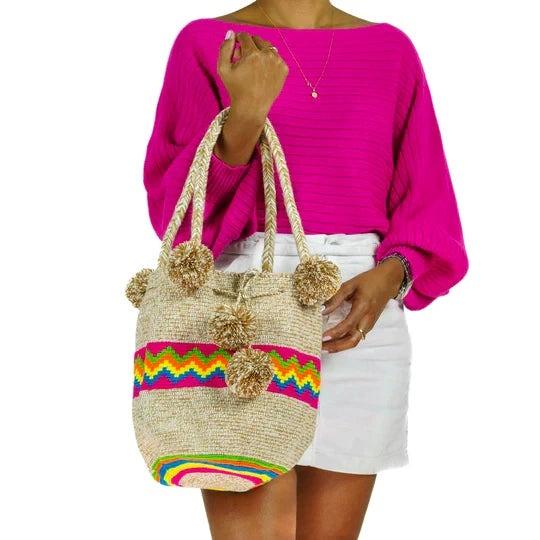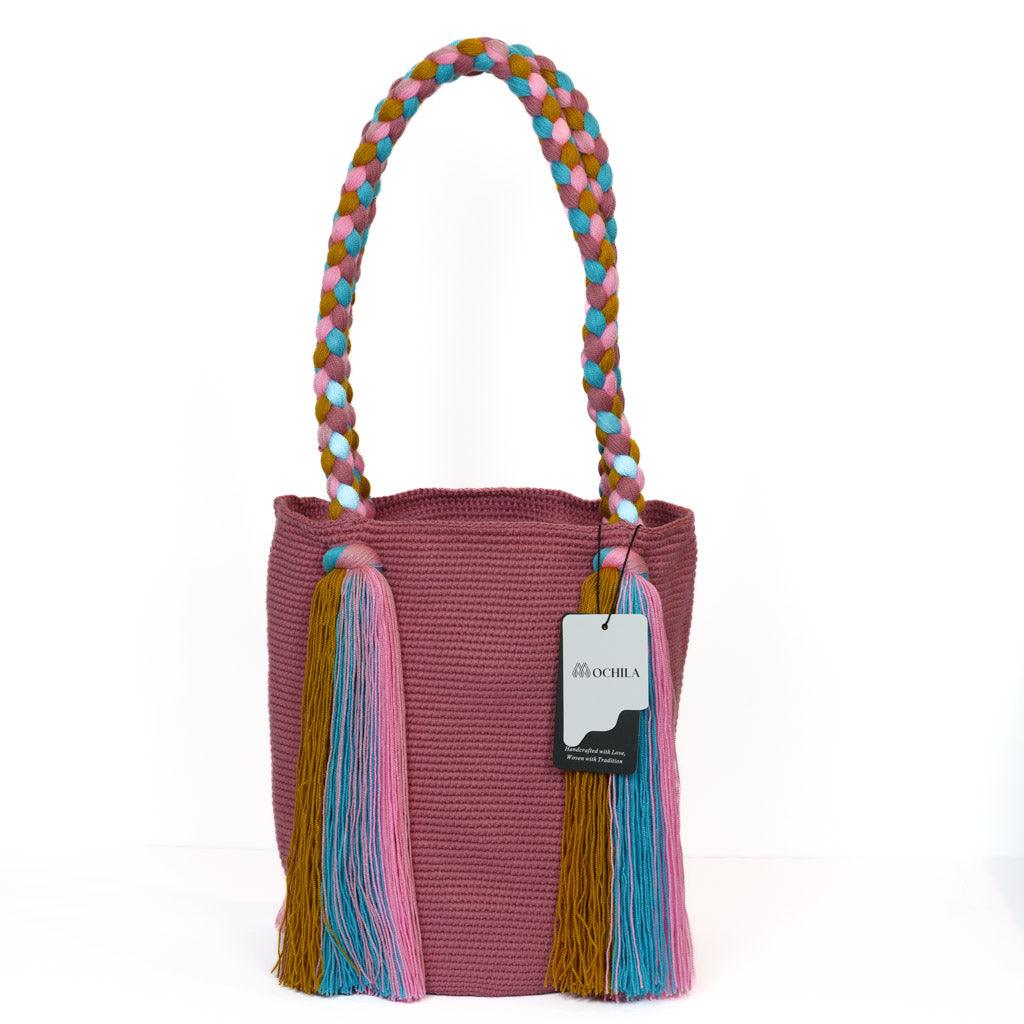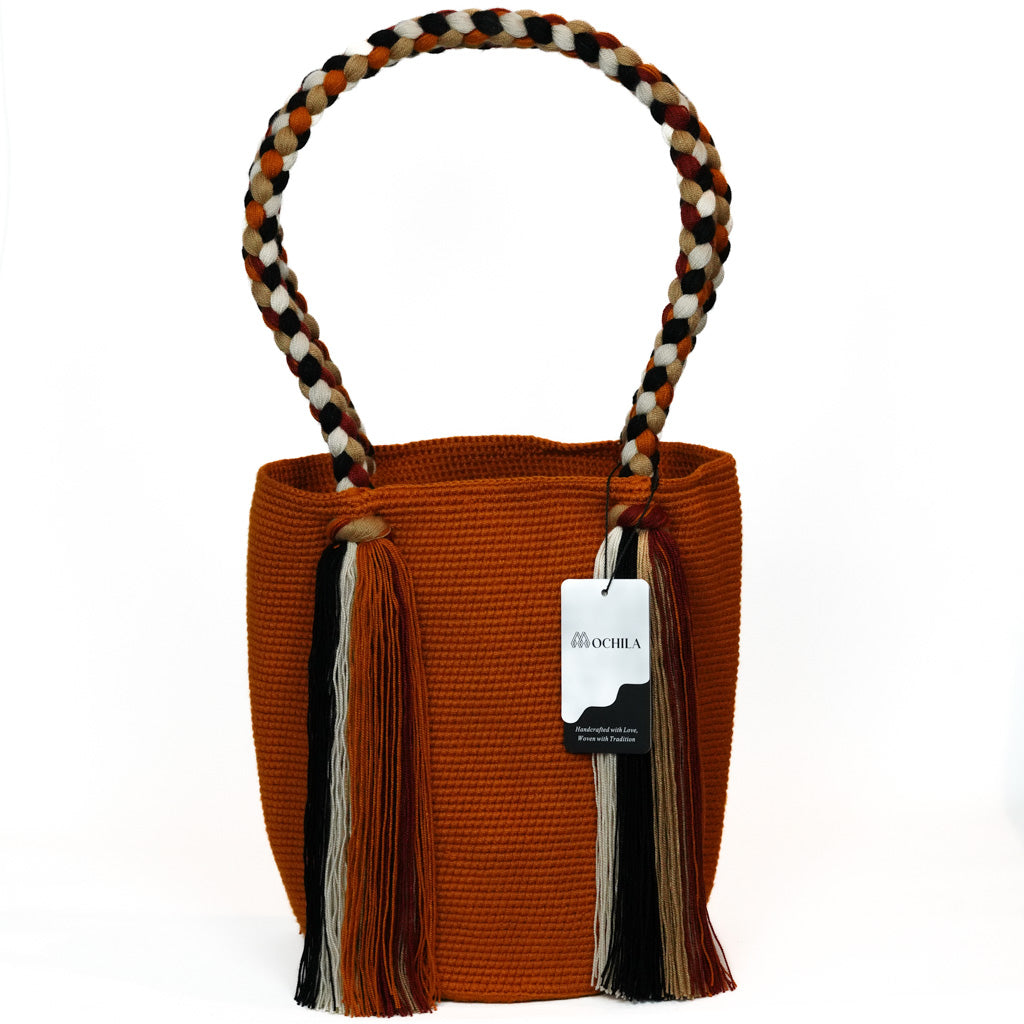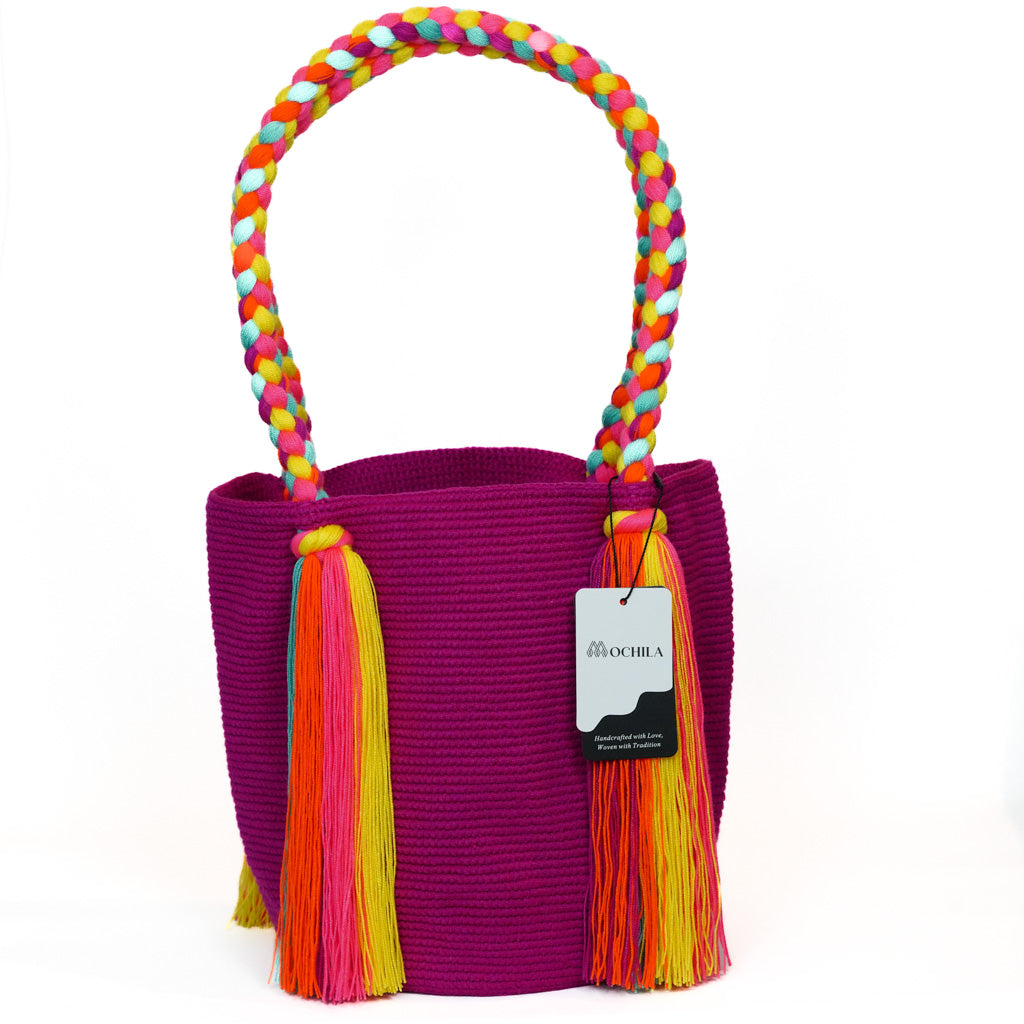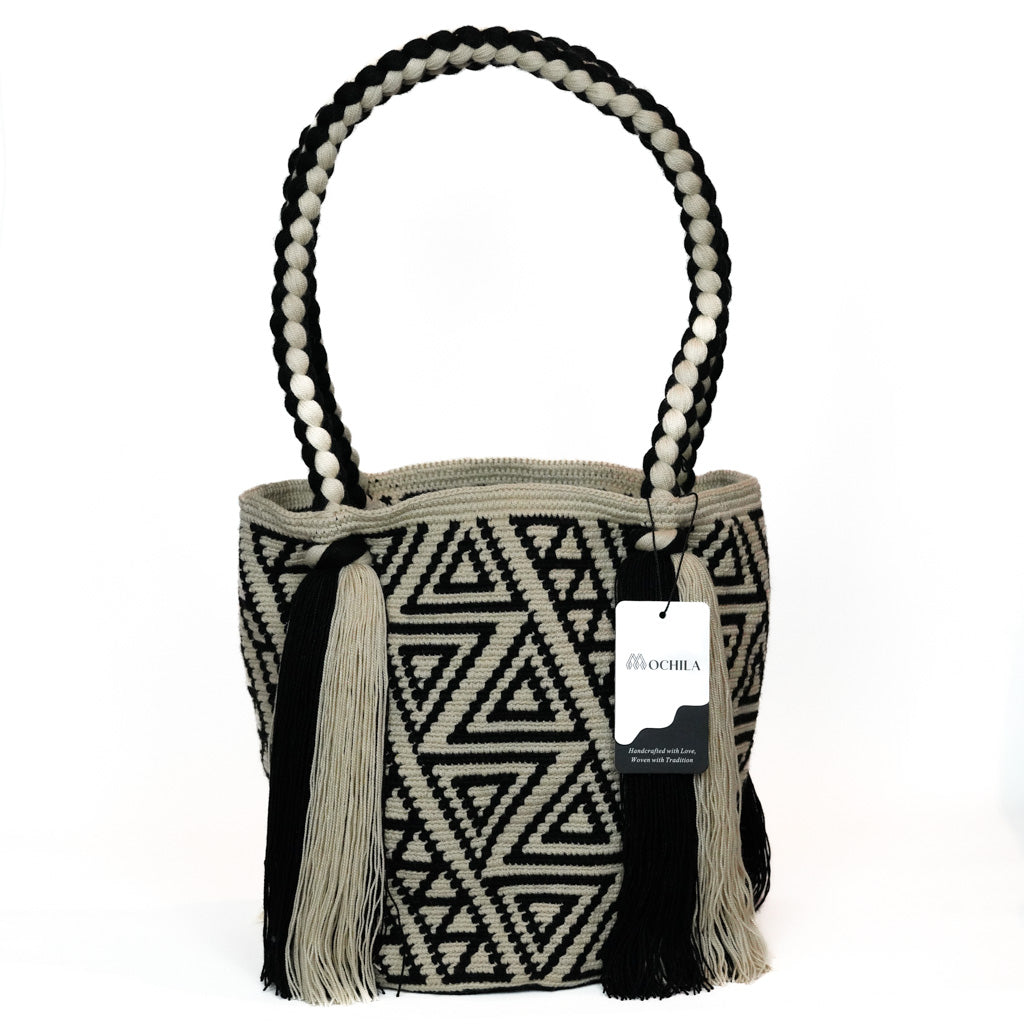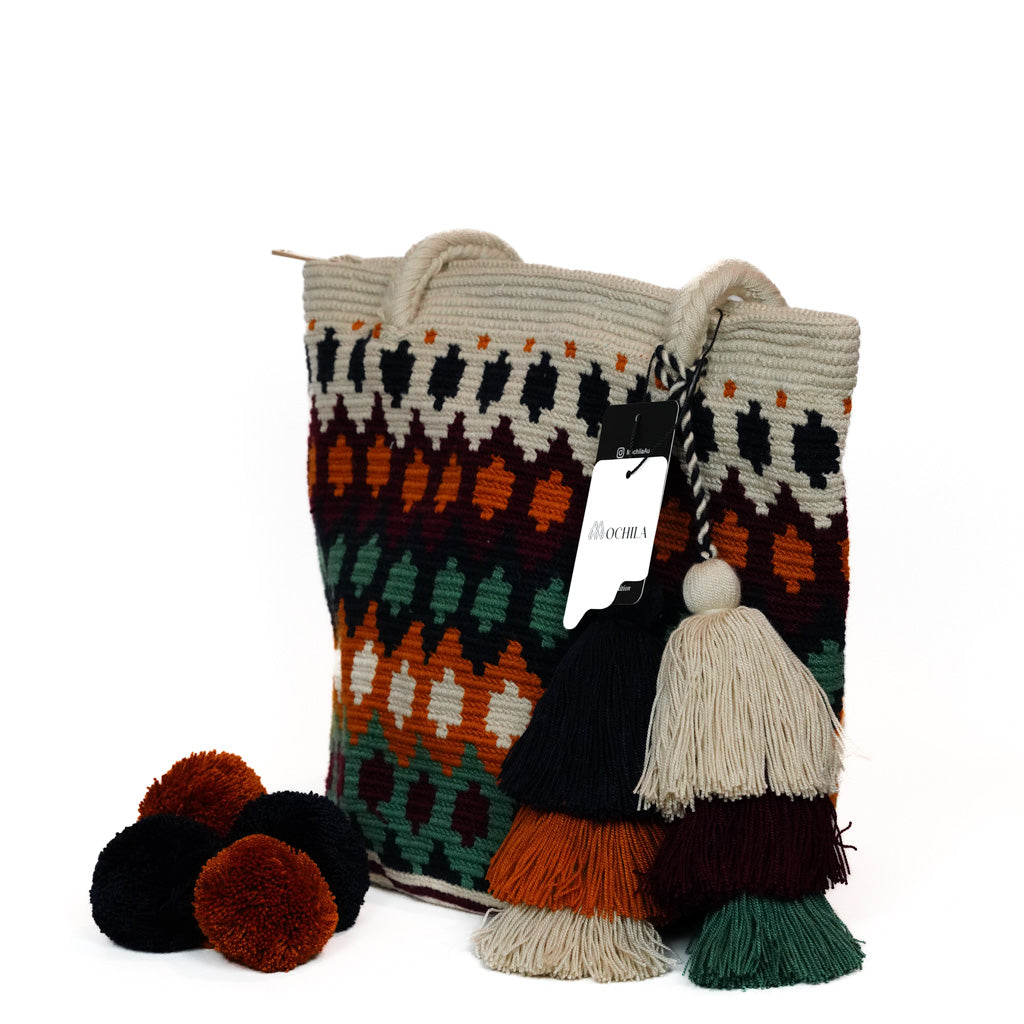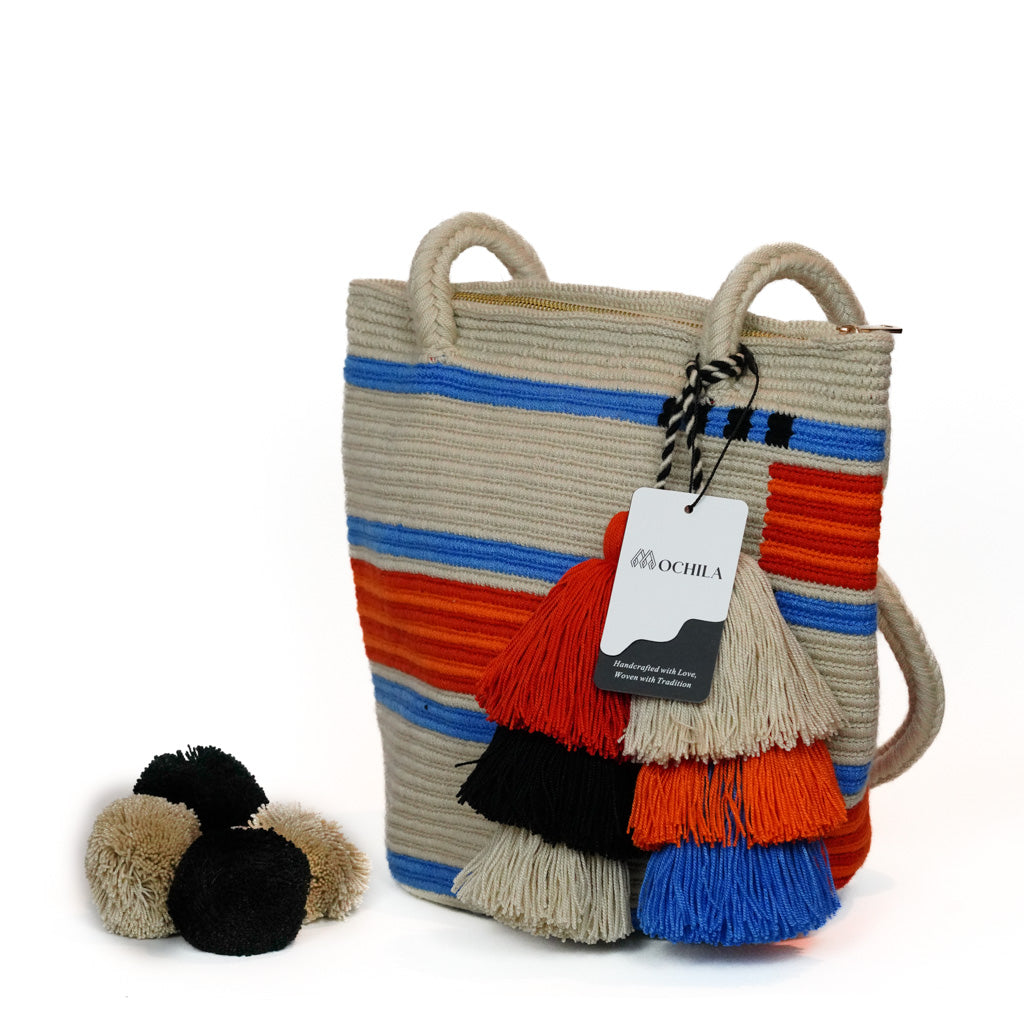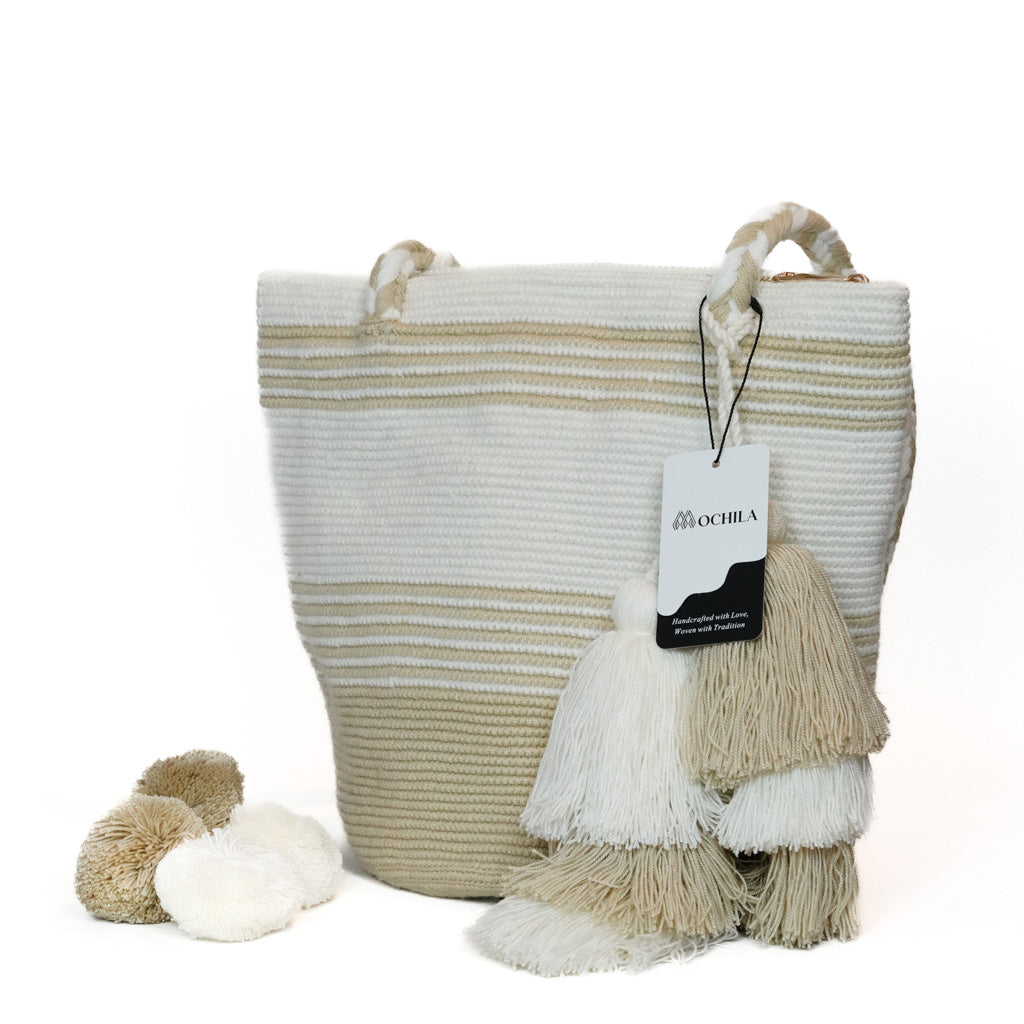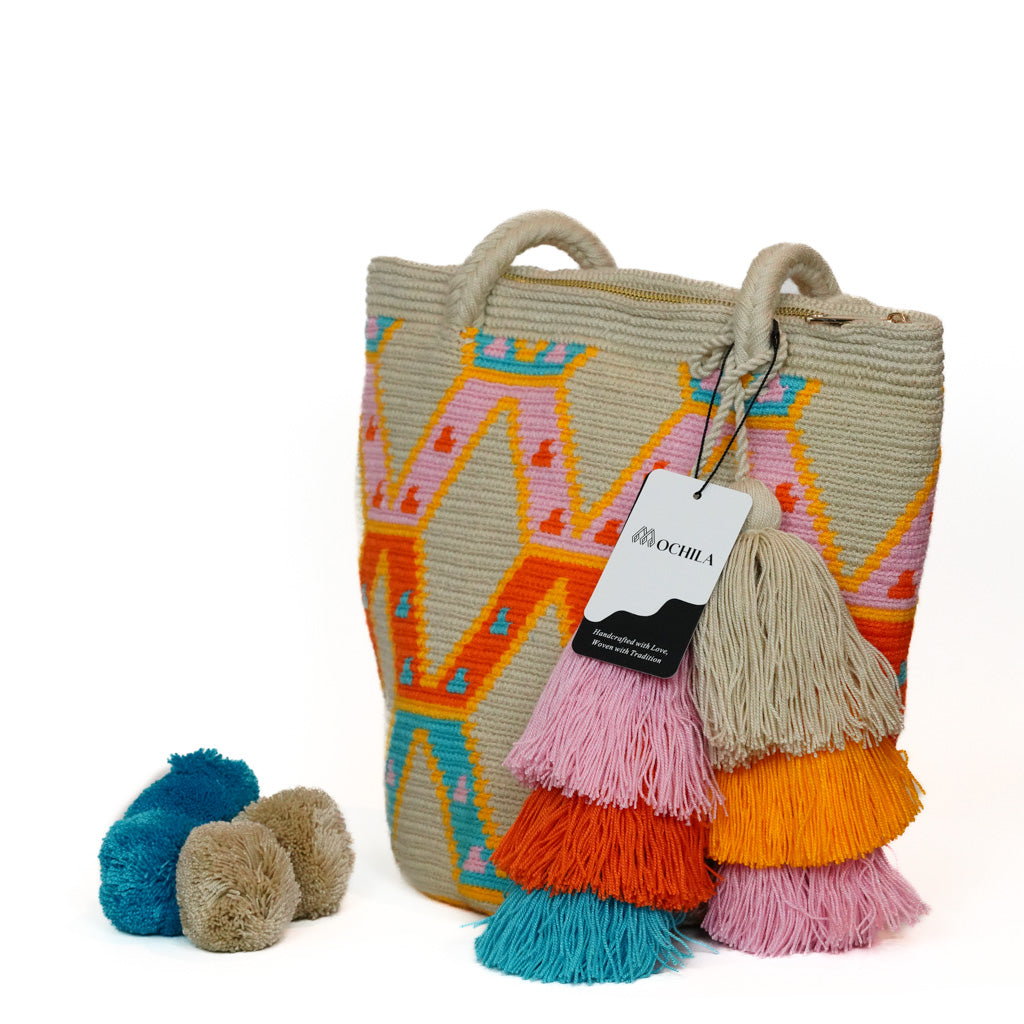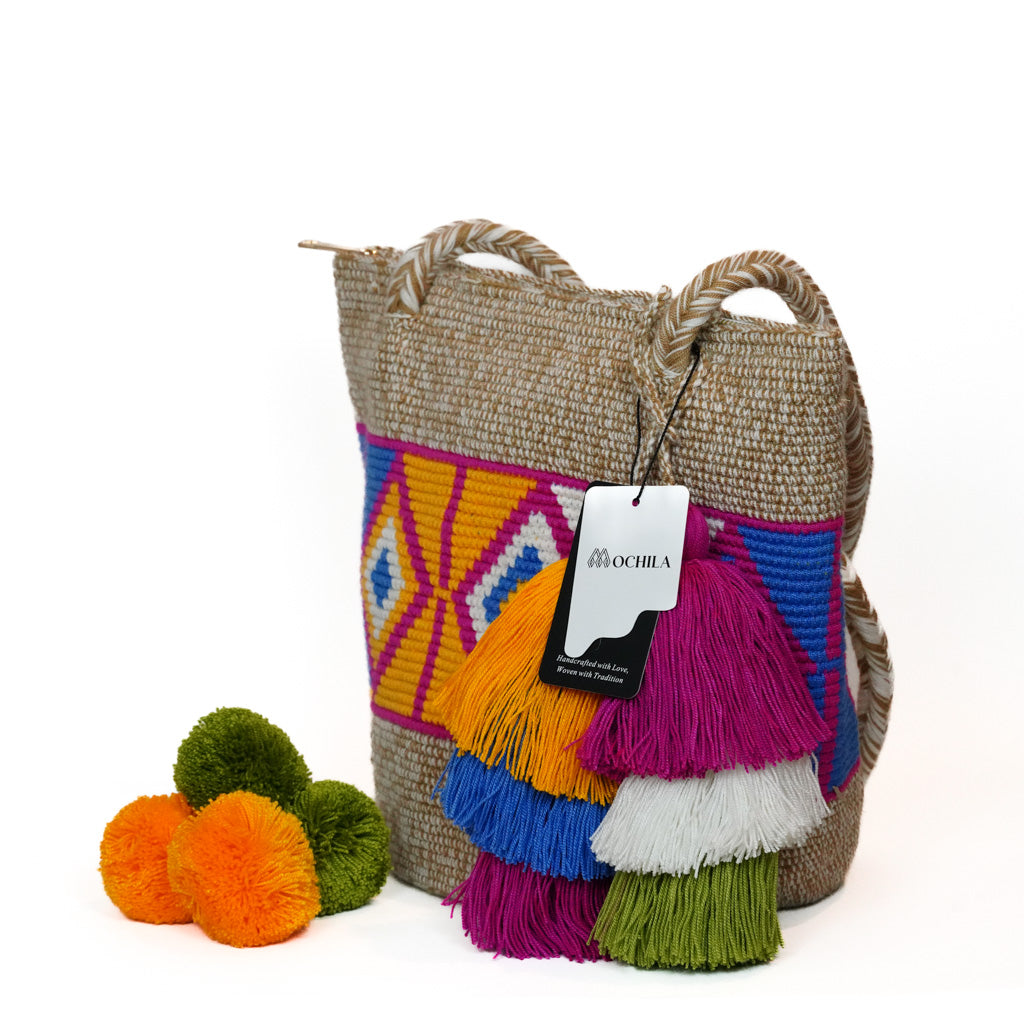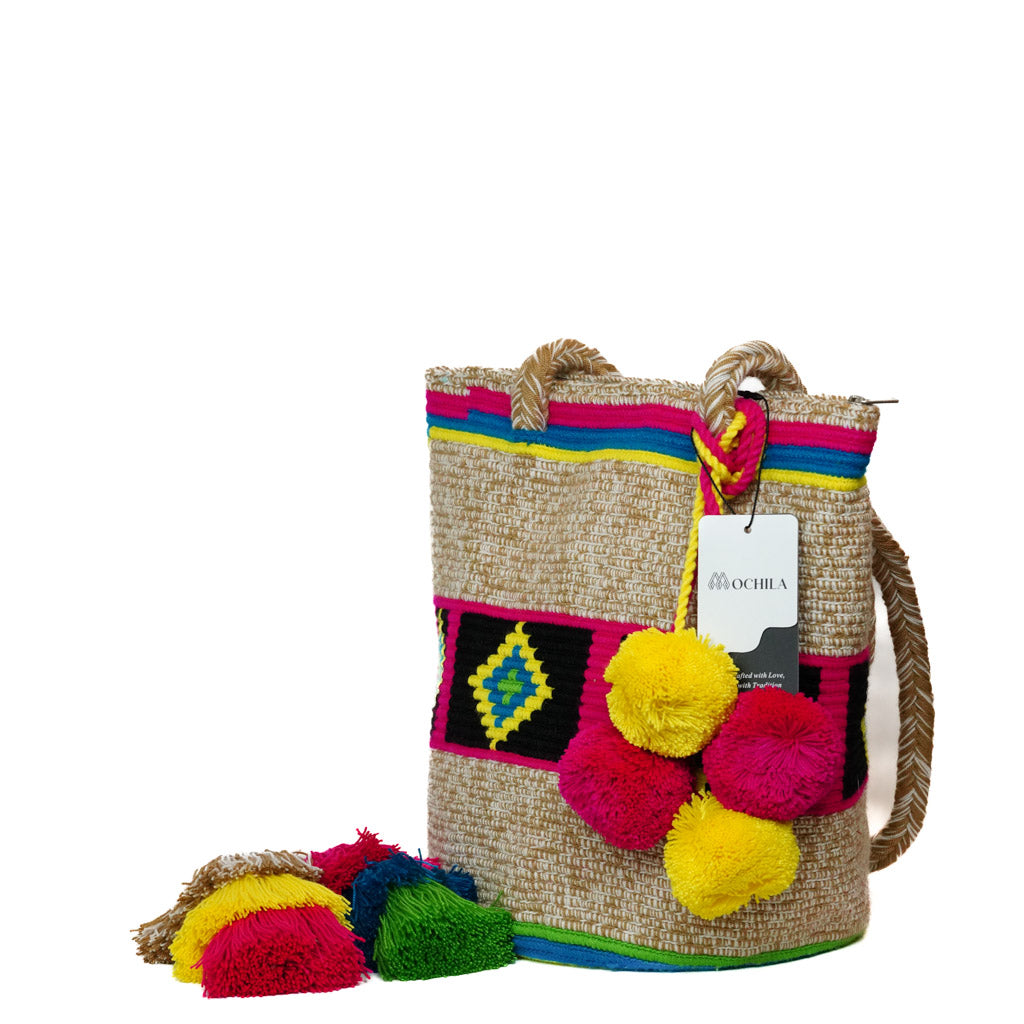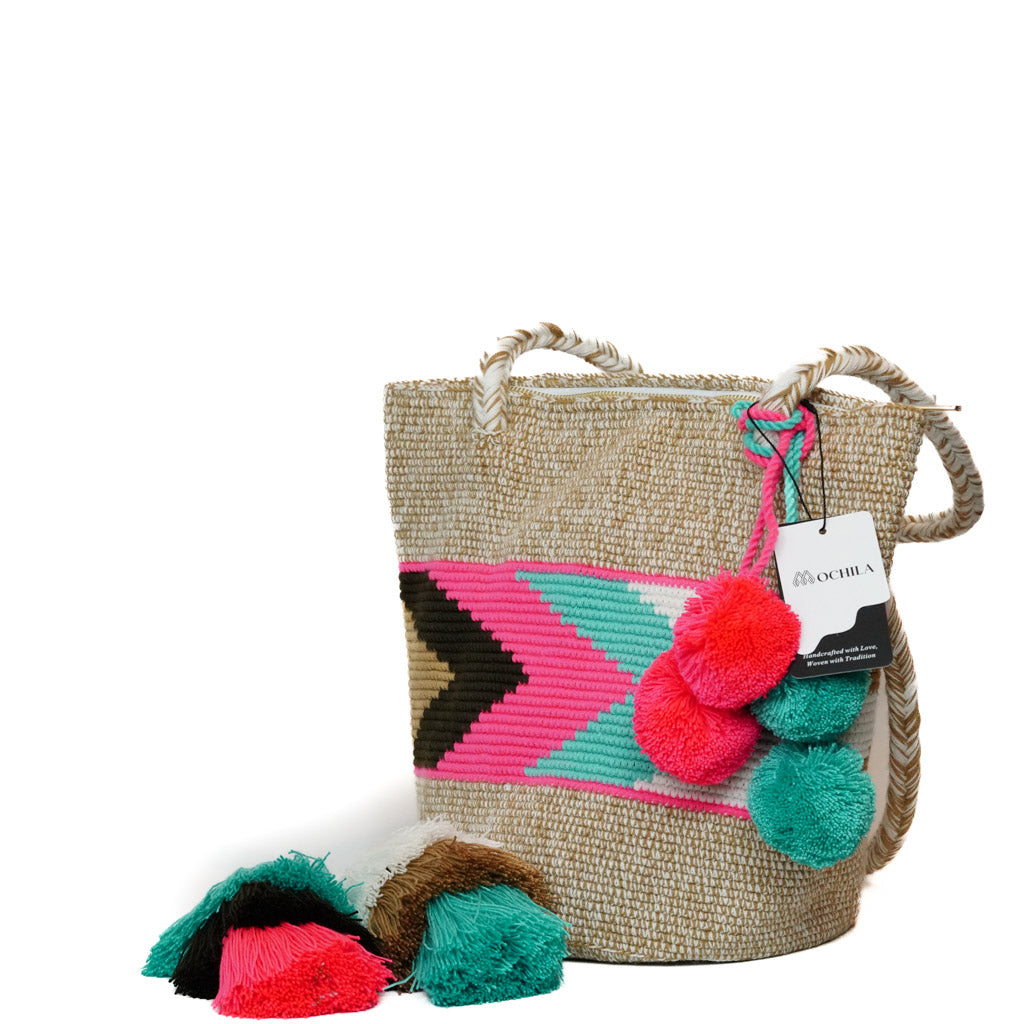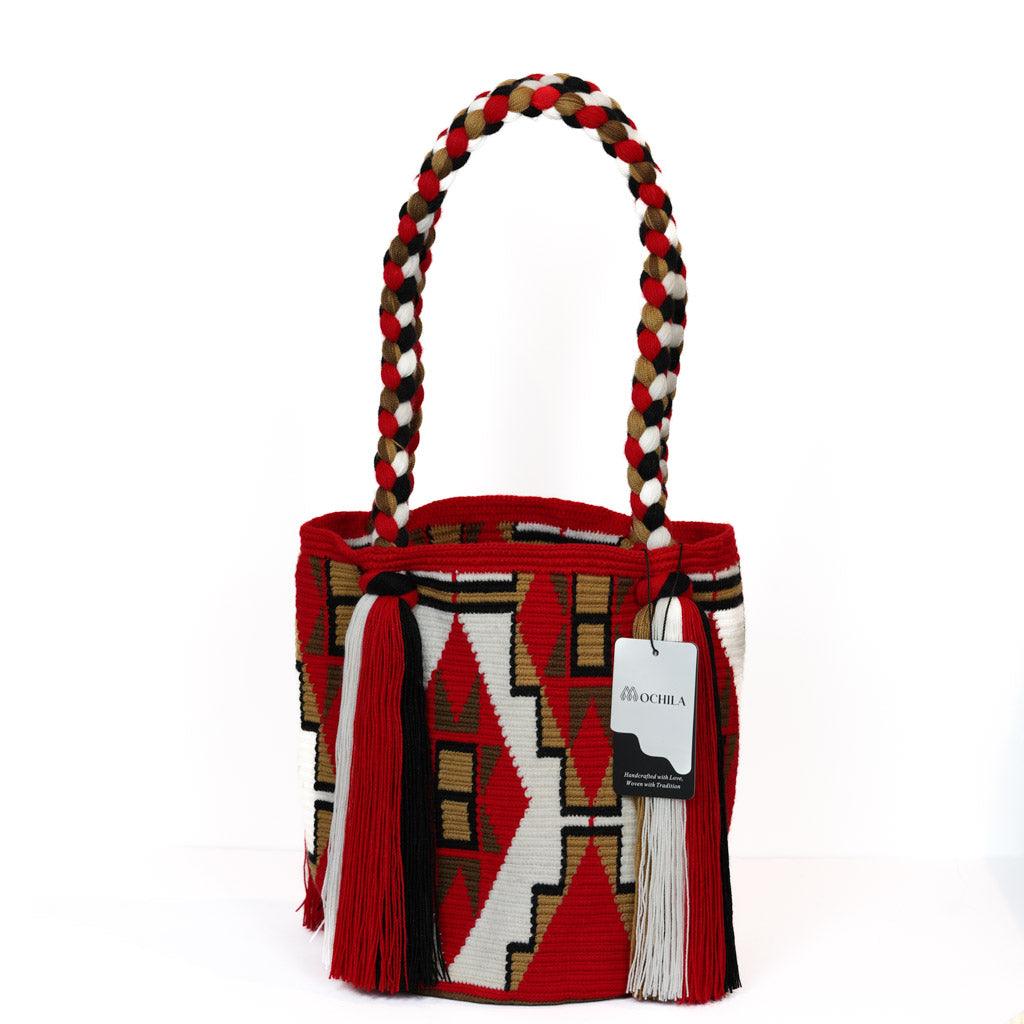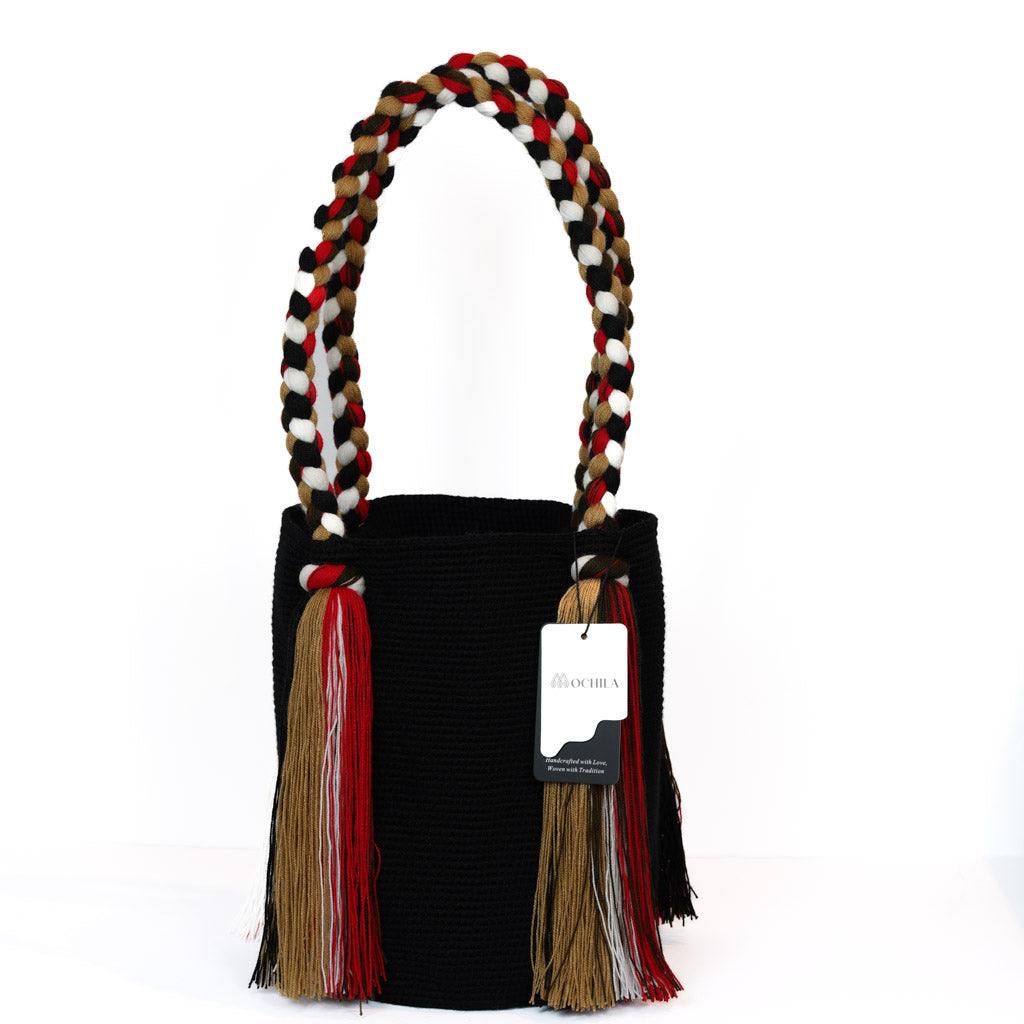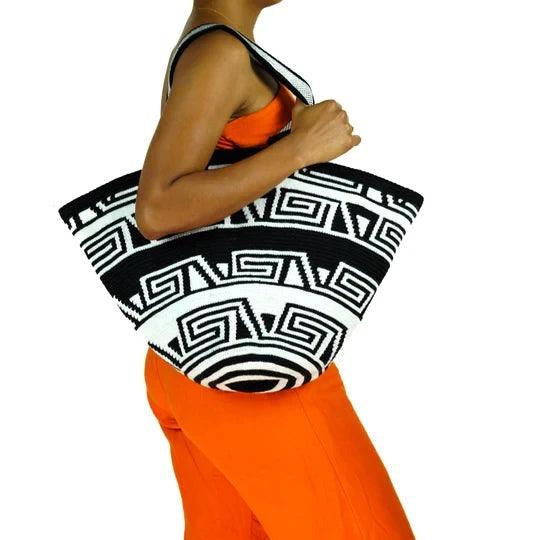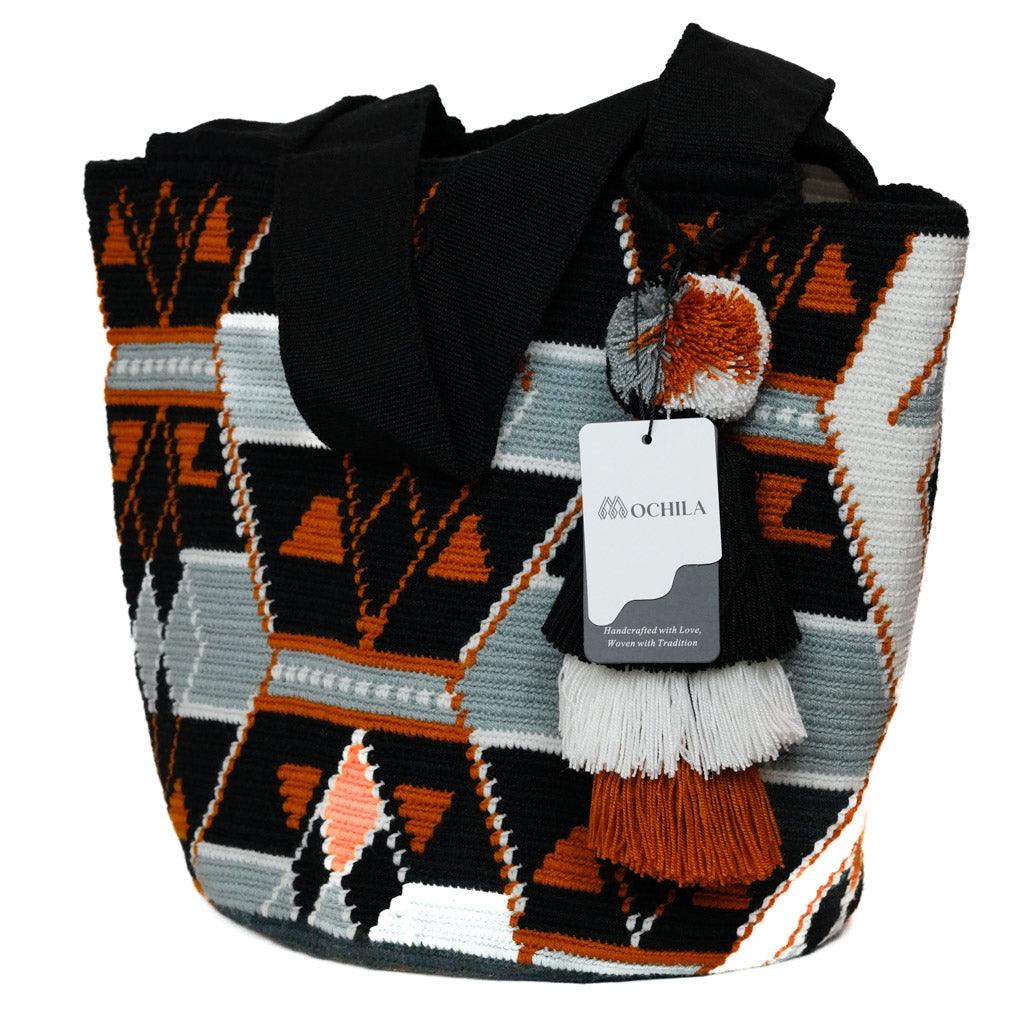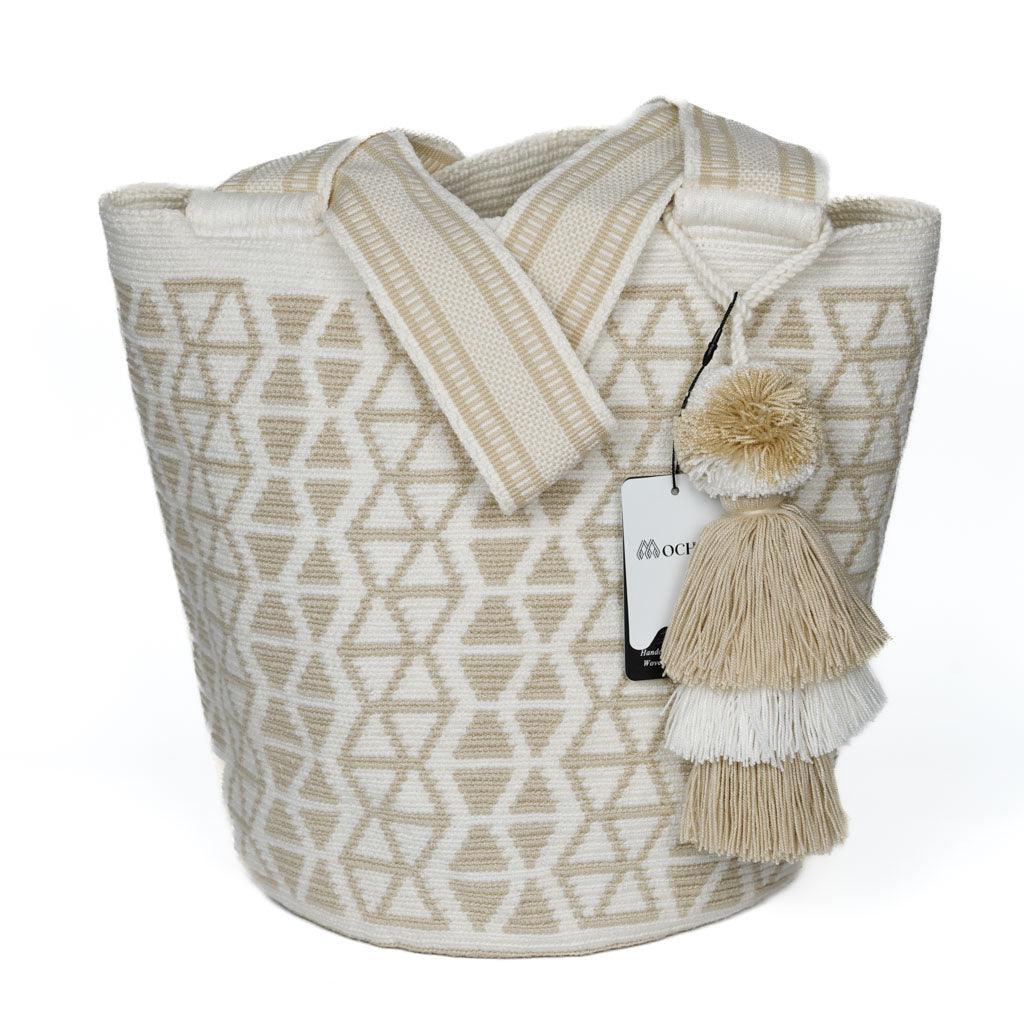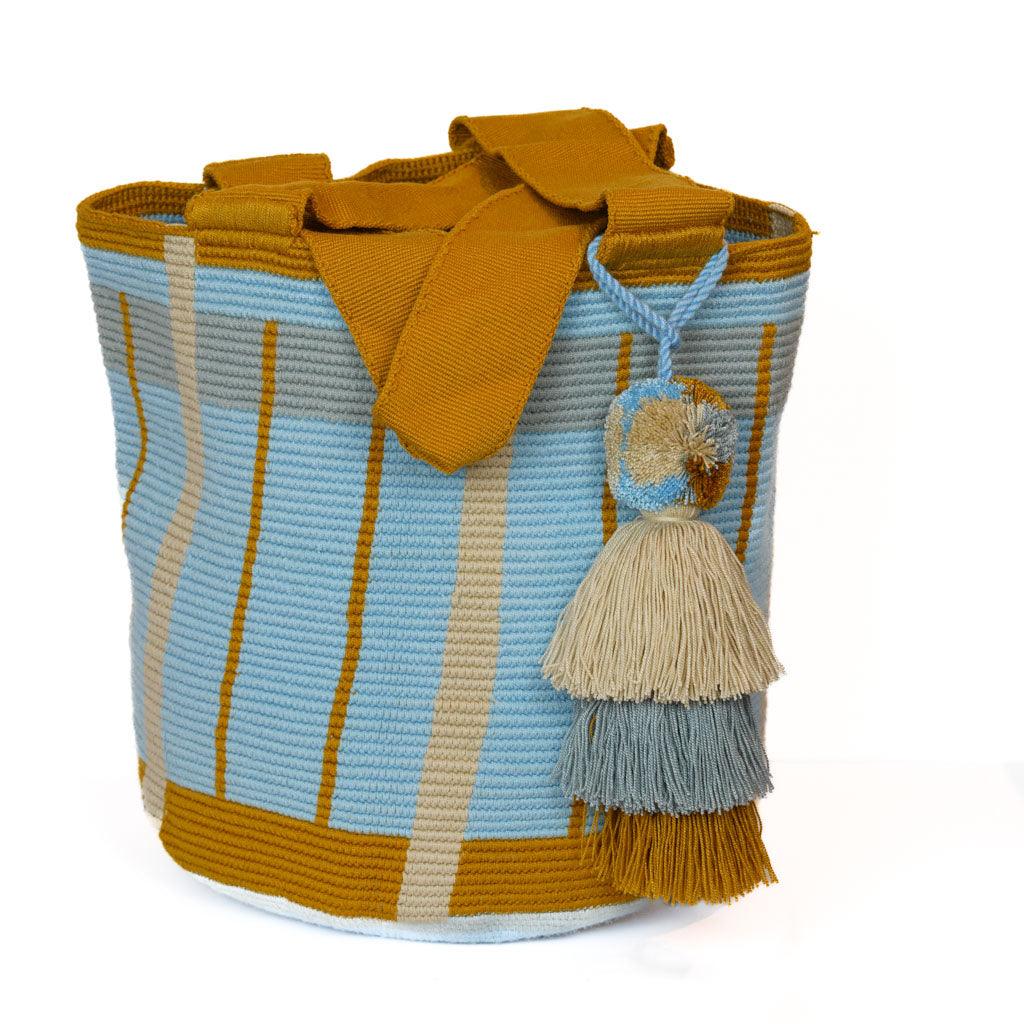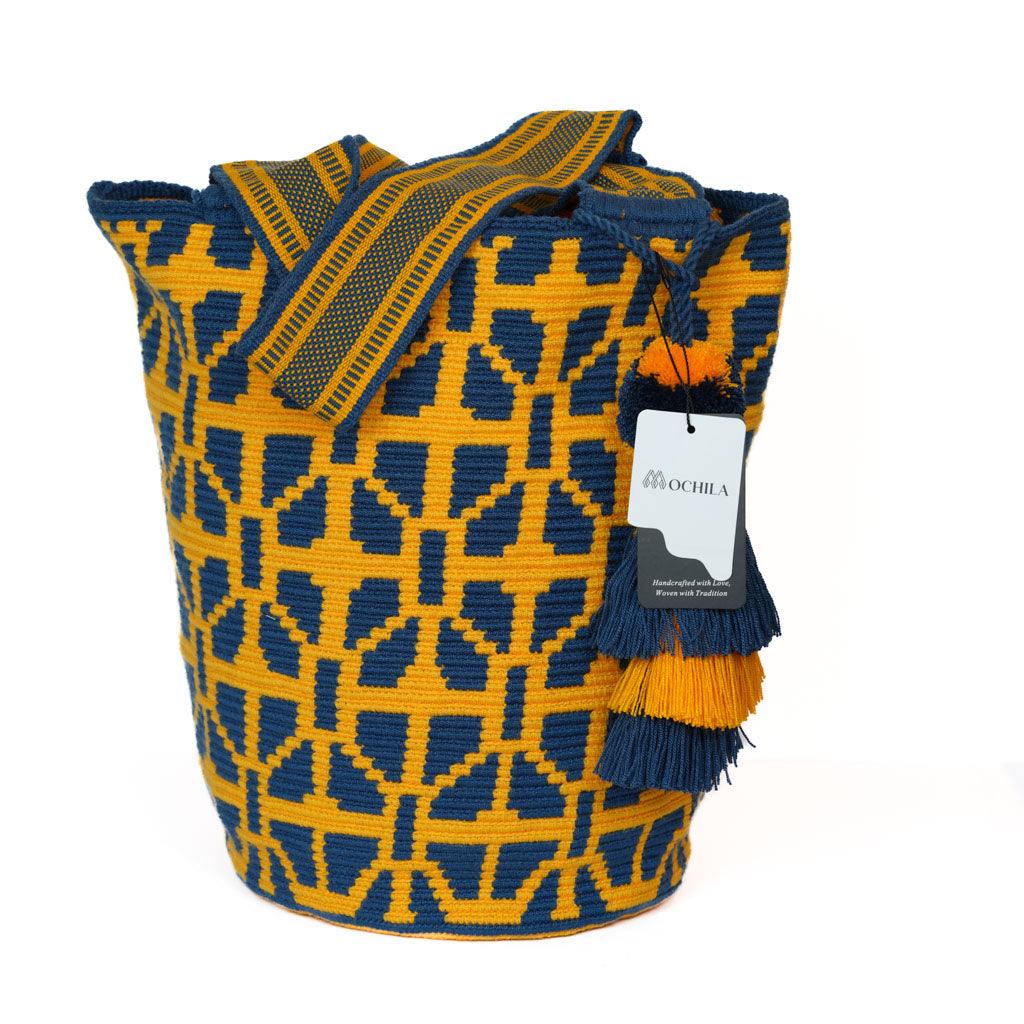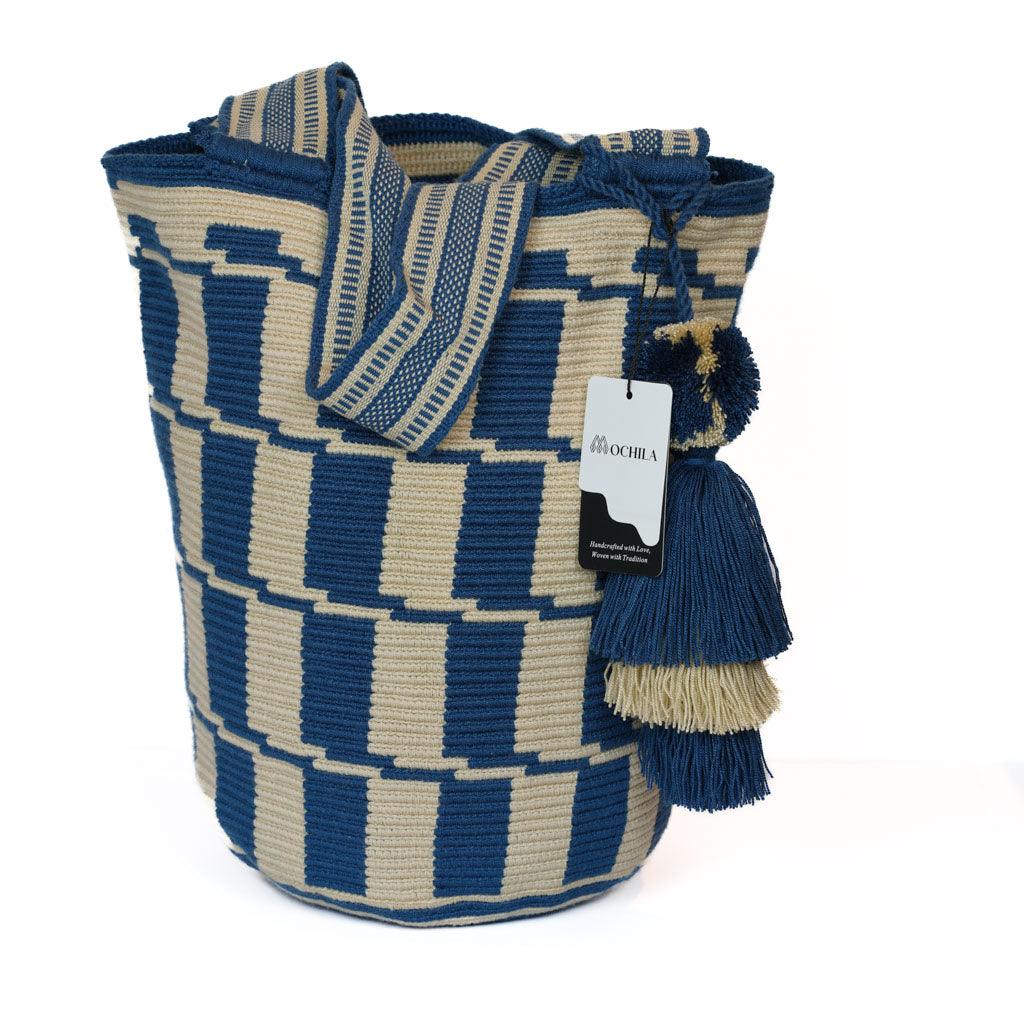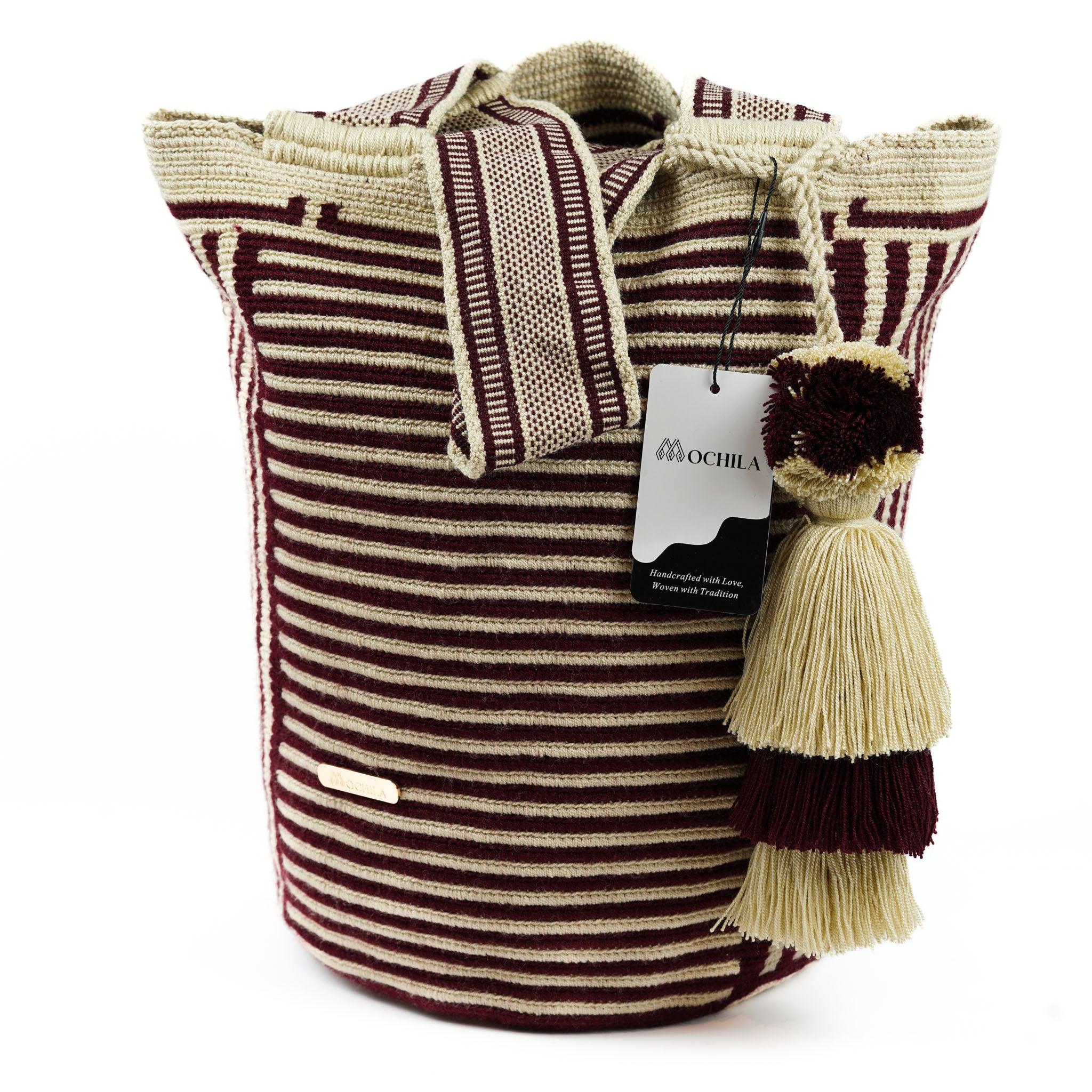Introduction to Crocheting
Embarking on the journey of crocheting is exciting, rewarding, and allows for a creative outlet. The process, the materials, and the end results all contribute to the unique charm of this craft. Let's explore what crocheting is and why it's worth learning.
What is Crocheting?
Crocheting is a craft that involves creating fabric by interlocking loops of yarn, thread, or strands of other materials using a crochet hook. It's a method of sewing that can produce intricate and beautiful patterns. The word "crochet" comes from the French term for "small hook".
Crocheting allows for the creation of a wide range of items, from clothing and accessories to home decor items. It's a versatile skill that can be adapted to a variety of styles and designs. You can explore various projects such as how to crochet patterns for blankets, how to crochet patterns for scarves, or even smaller projects like how to crochet flowers.
Why Learn to Crochet?
There are several reasons to learn how to crochet. First, it's a relaxing activity that can help reduce stress and anxiety. The repetitive motions of crocheting can be soothing and can even have meditative qualities.
Secondly, crocheting can be a highly creative outlet. With a variety of stitches, colors, and patterns to choose from, the possibilities for creating unique items are endless. Whether you're making a gift for a loved one or crafting a bespoke piece for your home, you can infuse your personal style into every project.
Another reason to learn to crochet is its utilitarian aspect. From warm scarves and cozy blankets to stylish tops and practical tote bags, crocheting allows you to create functional items that can be used in daily life.
Finally, crocheting is a skill that can be learned at your own pace, making it accessible to everyone. Whether you're a beginner looking to learn the basics or an intermediate crafter wanting to challenge yourself with more complex patterns, there are countless resources available to guide you on your journey.
Starting your crochet journey with resources like how to crochet for beginners can introduce you to the basic tools, stitches, and techniques you'll need to begin crafting your own creations.
In the end, learning to crochet provides you with a rewarding hobby that not only allows you to express your creativity but also results in handmade items that can be cherished for years to come.
Basic Crocheting Tools and Materials
Before you dive into the fascinating world of crocheting, it's crucial to understand and gather the basic tools and materials required. In this section, we will explore the essential crocheting tools and the different types of yarn you might need in your crocheting journey.
Essential Crocheting Tools
The most fundamental tool in crocheting is a crochet hook. These hooks come in various sizes, each suited for different yarn weights. To understand more about choosing the right size, take a look at our guide on how to determine crochet hook sizes.
Next, you'll need a pair of scissors to cut the yarn, and a yarn needle or a large-eye blunt needle for weaving in ends.
Last but not least, a stitch marker can be handy. This tool is not always necessary for beginners, but as you progress and undertake more complex patterns, it can help you mark your place in a round or pattern.
Types of Yarn
When it comes to crocheting, the yarn is just as significant as the hook. Yarns differ in terms of their weight, texture, and fiber content, each of these factors can drastically affect the look and feel of your final product.
Weight: Yarn weight refers to its thickness. It ranges from lace (very thin) to jumbo (very thick). For beginners, a medium-weight yarn (also known as worsted weight) is usually recommended as it is easy to work with.
Texture: Yarns also come in various textures. Smooth yarns are generally easier for beginners as they allow for clear stitch definition. More textured yarns, like boucle or furry yarns, can be more challenging to work with.
Fiber Content: Yarn can be made from a variety of materials, including wool, cotton, acrylic, silk, and more. As a beginner, you might want to start with an acrylic or cotton yarn as they are easy to handle, durable, and typically more affordable.
It's important to remember that the choice of yarn should match the project you're planning to work on. For instance, if you're looking to make a blanket, you might want a warm, soft yarn, whereas dishcloths require a sturdy, absorbent yarn. Check out our guides on how to crochet patterns for blankets and how to crochet dishcloths for more information.
As you embark on your journey to learn how to crochet for beginners, remember that every crocheter - beginner or experienced - learns and grows with every stitch. So, gather your tools, pick your yarn, and let's get crocheting!
Learning the Basic Crochet Stitches
As a novice crocheter, mastering the basic crochet stitches is the first step on your journey to create beautiful, handcrafted items. These stitches form the foundation of how to crochet for beginners. Here, you'll learn about five basic crochet stitches: chain stitch, single crochet stitch, double crochet stitch, half double crochet stitch, and treble crochet stitch.
Chain Stitch
The chain stitch is the most basic and frequently used stitch in crochet. It is often the first stitch beginners learn and is used to start most crochet projects. To make a chain stitch, make a slip knot on your hook, yarn over (wrap the yarn over your hook), and draw it through the loop on your hook. Repeat these steps until you have the desired number of stitches.
Single Crochet Stitch
The single crochet stitch is the simplest stitch that produces a dense fabric. It's used in a variety of crochet projects, including scarves, hats, and blankets. After making your chain, insert your hook into the second chain from your hook, yarn over and pull up a loop. You'll have two loops on your hook. Yarn over again and draw it through both loops.
Double Crochet Stitch
The double crochet stitch is taller than the single crochet stitch and is commonly used in creating open, airy fabrics. It's often used in clothing, blankets, and shawls. To make a double crochet stitch, yarn over, insert your hook into the stitch, yarn over and pull up a loop. You'll have three loops on your hook. Yarn over and pull through two loops, then yarn over again and pull through the remaining two loops.
Half Double Crochet Stitch
The half double crochet stitch is a stitch that falls in size between a single crochet and a double crochet. It creates a firm, yet somewhat flexible fabric. It's used in a variety of projects, including clothing and accessories. To make a half double crochet stitch, yarn over, insert your hook into the stitch, yarn over and pull up a loop. You'll have three loops on your hook. Yarn over and pull through all three loops.
Treble Crochet Stitch
The treble crochet stitch, also known as triple crochet, is a tall stitch that creates a loose and drapey fabric. It's often used in lacy patterns, shawls, and scarves. To make a treble crochet stitch, yarn over twice, insert your hook into the stitch, yarn over and pull up a loop. You'll have four loops on your hook. Yarn over and pull through two loops, yarn over again and pull through two more loops, then yarn over and pull through the remaining two loops.
Mastering these basic crochet stitches will open up a world of possibilities for your crochet projects. Once you're comfortable with these stitches, you can start combining them to create a variety of textures and patterns. For more information on how to crochet stitches, check out our article here.
Reading Crochet Patterns and Diagrams
One of the essential skills in mastering how to crochet for beginners is learning to read crochet patterns and diagrams. These provide a blueprint that guides the creation of various crochet projects, from simple scarves and hats to intricate afghans and doilies.
Understanding Crochet Symbols and Abbreviations
Crochet patterns often use symbols and abbreviations to represent different stitches and techniques. Understanding these symbols and abbreviations is crucial for successfully following a pattern.
Here are some of the most common symbols and abbreviations you might encounter:
| Symbol | Abbreviation | Description |
|---|---|---|
o |
ch | Chain stitch |
x |
sc | Single crochet stitch |
T |
dc | Double crochet stitch |
Y |
hdc | Half double crochet stitch |
I |
tr | Treble crochet stitch |
+ |
sl st | Slip stitch |
⊗ |
inc | Increase |
⊘ |
dec | Decrease |
How to Read Crochet Patterns
Crochet patterns are typically written in rows or rounds, with each row or round represented by a line of text. Each symbol or abbreviation corresponds to a specific stitch or technique that you need to execute.
For example, a line in a pattern might read: Row 1: Ch 15, sc in second ch from hook and in each ch across. This indicates that you should begin by making 15 chain stitches, then make a single crochet stitch in the second chain from the hook and continue making single crochet stitches in each chain across the row.
Patterns may also include additional instructions for repeating a sequence of stitches, changing colors, or finishing off a project. It's important to read through the pattern thoroughly before starting your project to ensure you understand all the steps involved.
For more detailed instructions on how to read crochet patterns, check out our guide on how to crochet.
How to Read Crochet Diagrams
In addition to written patterns, some crochet patterns include diagrams. These diagrams use symbols to visually represent the stitches and techniques used in the pattern.
Each symbol corresponds to a specific stitch. For example, an o represents a chain stitch, an x represents a single crochet stitch, and a T represents a double crochet stitch.
To read a crochet diagram, you generally start at the bottom and follow the symbols from right to left for right-handed crocheters, or from left to right for left-handed crocheters.
Even if you're more comfortable with written patterns, learning to read crochet diagrams can be a useful skill. Diagrams provide a visual representation of the pattern that can help you better understand the structure and design of the project.
Whether you're following a written pattern or a diagram, remember that practice is key. With patience and persistence, you'll soon be able to tackle a wide range of crochet projects. For inspiration, check out our collection of patterns for crochet socks, crochet baskets, and crochet dishcloths.
Starting Your First Crochet Project
Embarking on your first crochet project is a thrilling experience. It's an opportunity to put the basic skills you've learned to practical use. This section will guide you on selecting your first project and provide some tips for successful crocheting.
Selecting Your First Project
Choosing the right first project can set the tone for your crocheting journey. It's essential to pick something that aligns with your current skill level. For beginners, simpler projects such as crocheting dishcloths or coasters are a good starting point. They require less time and yarn, giving the beginner a sense of achievement upon completion.
As you gain confidence and improve your skills, you can gradually take on more complex projects like crocheting socks for beginners, crocheting baby dresses, or crocheting market bags.
Remember, the goal is to enjoy the process and not rush through it. Each project is an opportunity to learn and become better at this craft.
Tips for Successful Crocheting
Success in crocheting, like any other skill, comes with practice, patience, and a few handy tips. Here are some pointers to help you on your journey:
Understand the Pattern: Before starting, thoroughly read through the pattern. Make sure you understand each step and how it contributes to the final product. If you're unfamiliar with certain abbreviations or symbols, refer back to our section on how to read crochet patterns.
Choose the Right Yarn: Different projects require different types of yarn. The yarn's texture, weight, and color can all impact the final product. Make sure to choose a yarn that's appropriate for the project you've chosen.
Maintain Consistent Tension: Consistent tension is key for even stitches. It may take a bit of practice to find the right grip and tension that works for you. Don't be too hard on yourself if your stitches aren't perfect initially - you'll improve with practice.
Take Breaks: Crocheting for long periods can strain your hands and eyes. Remember to take regular breaks to rest and stretch.
Don't Be Afraid to Make Mistakes: Mistakes are part of the learning process. If you make a mistake, don't hesitate to unravel your work and start again. With each mistake, you'll become a more skilled and patient crocheter.
Starting your first crochet project is a significant step in your journey to mastering how to crochet for beginners. Enjoy the process, learn from your mistakes, and don't forget to celebrate your progress along the way.
Common Crocheting Challenges and How to Overcome Them
As with any craft, crocheting comes with its own set of challenges, especially for beginners. However, understanding these common problems and knowing how to tackle them can significantly enhance your crocheting experience. Let's explore some of these issues and provide practical solutions to overcome them.
Correcting Common Mistakes
One common mistake in crocheting is losing or gaining stitches, which can throw your entire pattern off balance. This usually happens when you accidentally skip a stitch or add an extra one. To correct this, simply count your stitches after every row. If you notice an inconsistency, you can undo the row and rework it.
Another common error is splitting the yarn while making a stitch. This can cause your work to look uneven. To avoid this, make sure your crochet hook is going all the way through the loop of the stitch, not into the strands of the yarn.
Tight stitches are another common issue for beginners. If your stitches are too tight, it can make it difficult to insert your hook into the stitches in the next row. To rectify this, try to relax your grip on the crochet hook and work on maintaining a consistent tension in your yarn.
Tips for Maintaining Consistent Tension
Maintaining consistent tension can be particularly challenging for beginners. Tension refers to how tightly or loosely you hold the yarn while crocheting. If your tension is too tight, your stitches will be small and stiff. If it's too loose, your stitches will be large and your work will look uneven.
Here are some tips for maintaining consistent tension:
Practice: The more you crochet, the more consistent your tension will become. Practice different stitches and techniques until you find a comfortable grip that allows you to maintain a steady tension.
Hold the yarn correctly: There are several ways to hold the yarn, and the right one for you depends on what feels most comfortable. Experiment with different methods until you find one that helps you maintain a consistent tension.
Use the right hook: The size and type of crochet hook can impact your tension. For more information on choosing the right hook, check out our article on how to determine crochet hook sizes.
How to Keep Your Edges Straight
Keeping your edges straight is a common challenge in crocheting, especially when working on larger projects like blankets or scarves. Here are some tips to achieve straight edges:
Count your stitches: As mentioned earlier, counting your stitches after each row can help you ensure that you're not adding or skipping stitches.
Use stitch markers: Stitch markers can help you identify the first and last stitch of each row, making it easier to keep your edges straight.
Check your turning chains: When you turn your work to start a new row, make sure you're making the right number of turning chains. This can vary depending on the stitch you're using.
Remember, overcoming these challenges takes patience and practice. Don't be discouraged if you make mistakes. Even the most experienced crocheters had to start somewhere. With time and perseverance, you'll soon be able to crochet with ease and confidence. For more insights into the world of crocheting, visit our how to crochet guide.
Advancing Your Crocheting Skills
After mastering the basics of crocheting, it's time to expand your skills by exploring more complex stitches, trying different types of crochet, and experimenting with various materials and tools. This is an exciting phase of your crocheting journey where you can truly start to express your creativity and develop your unique style.
Exploring More Complex Stitches and Techniques
As you progress in your crocheting journey, you'll discover a vast array of advanced stitches and techniques that can add complexity and depth to your work. These may include stitches such as the popcorn stitch, puff stitch, or the shell stitch. Additionally, you can explore techniques like increasing and decreasing, crocheting in the round, and learning how to do color work.
While these stitches and techniques may seem daunting at first, they can be learned with practice and patience. It's also a good idea to review the basic crochet stitches as many of these advanced stitches build upon these fundamentals.
Trying Different Types of Crochet
There are many different types of crochet, each with their own unique characteristics and techniques. For instance, Tunisian crochet, also known as Afghan crochet, involves using a longer hook and working with multiple stitches at once. Amigurumi, the Japanese art of crocheting small stuffed animals and creatures, is another popular form of crochet that you might enjoy.
By trying different types of crochet, you can broaden your skill set, challenge yourself, and find new ways to enjoy this versatile craft. You might find a new passion for crocheting amigurumi dolls, or discover the meditative qualities of crocheting doilies.
Experimenting with Different Materials and Tools
Finally, advancing your crocheting skills also involves experimenting with different materials and tools. Different types of yarn, such as wool, cotton, or bamboo, can lend different textures and qualities to your work. You might also experiment with different hook sizes to see how they affect the tightness and texture of your stitches. For more information on choosing the right hook size, check out our post on how to determine crochet hook sizes.
Moreover, there are various tools available that can help to make the process of crocheting easier and more enjoyable. These might include ergonomic crochet hooks, stitch markers, or row counters.
In conclusion, the journey of learning to crochet does not stop once you've mastered the basics. By continuing to explore new stitches, techniques, types of crochet, and materials, you can continue to grow as a crocheter and find new joy in this timeless craft. As you advance your skills, remember that the most important thing is to enjoy the process and express your creativity. Happy crocheting!

